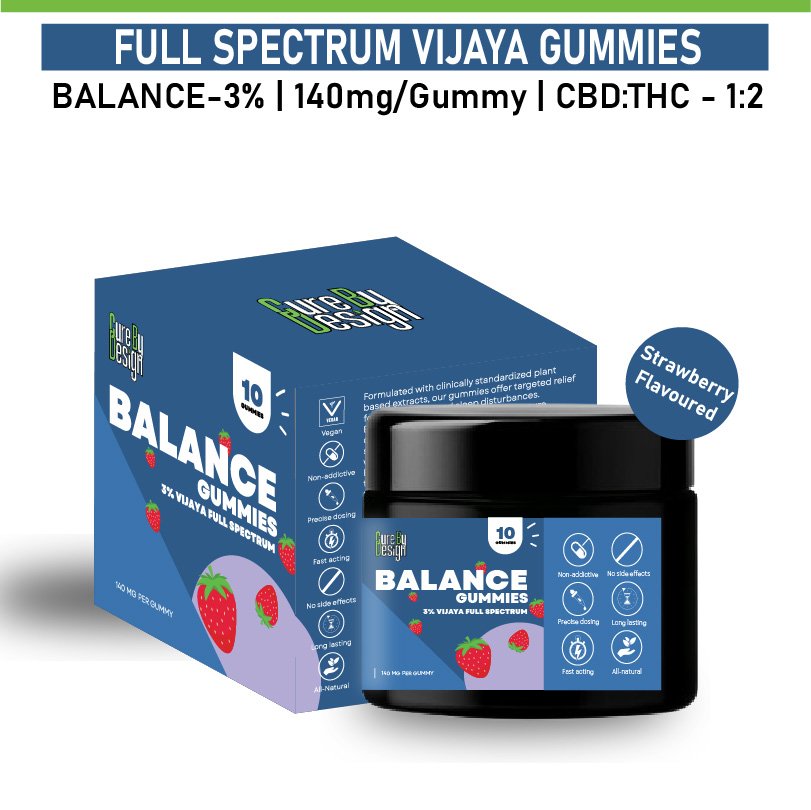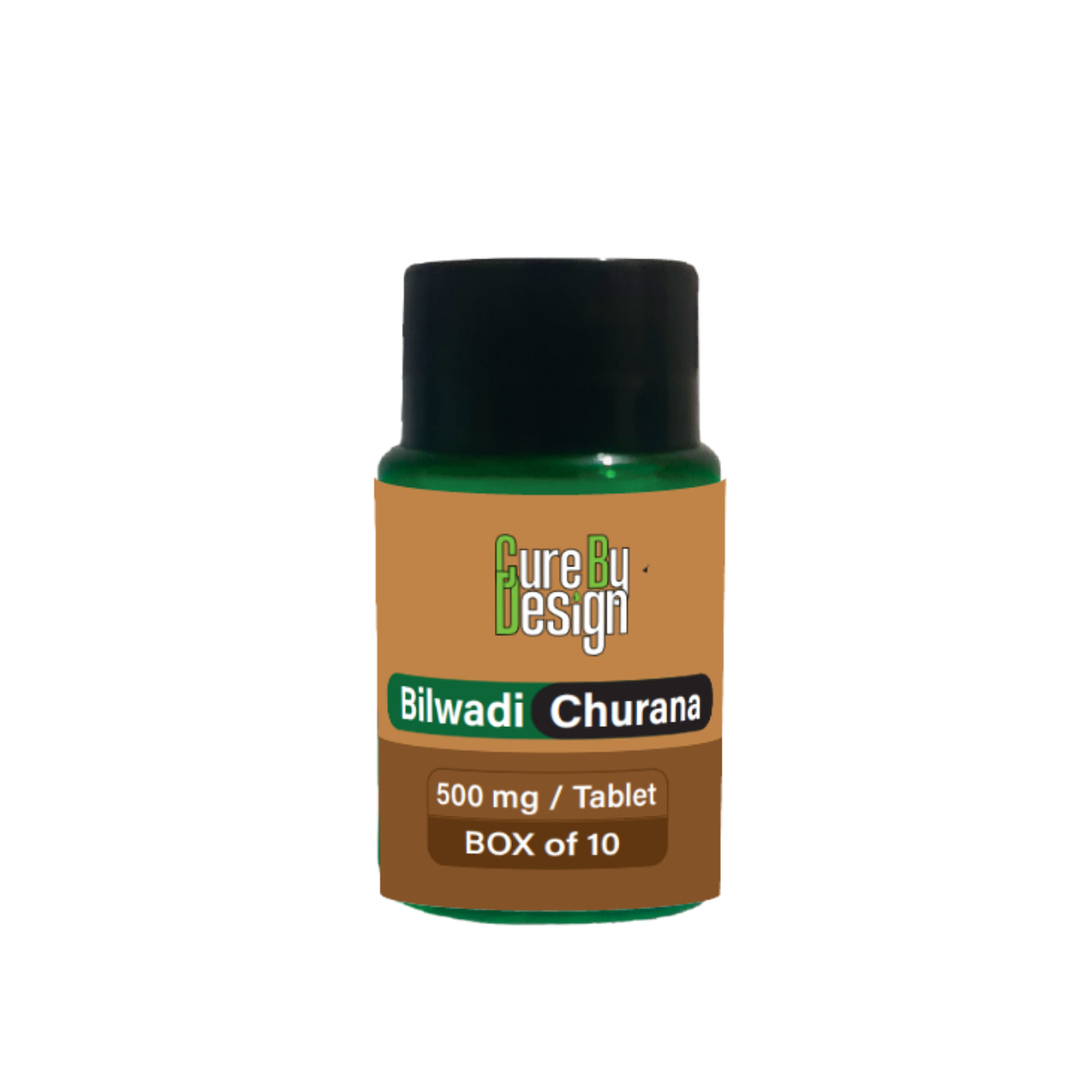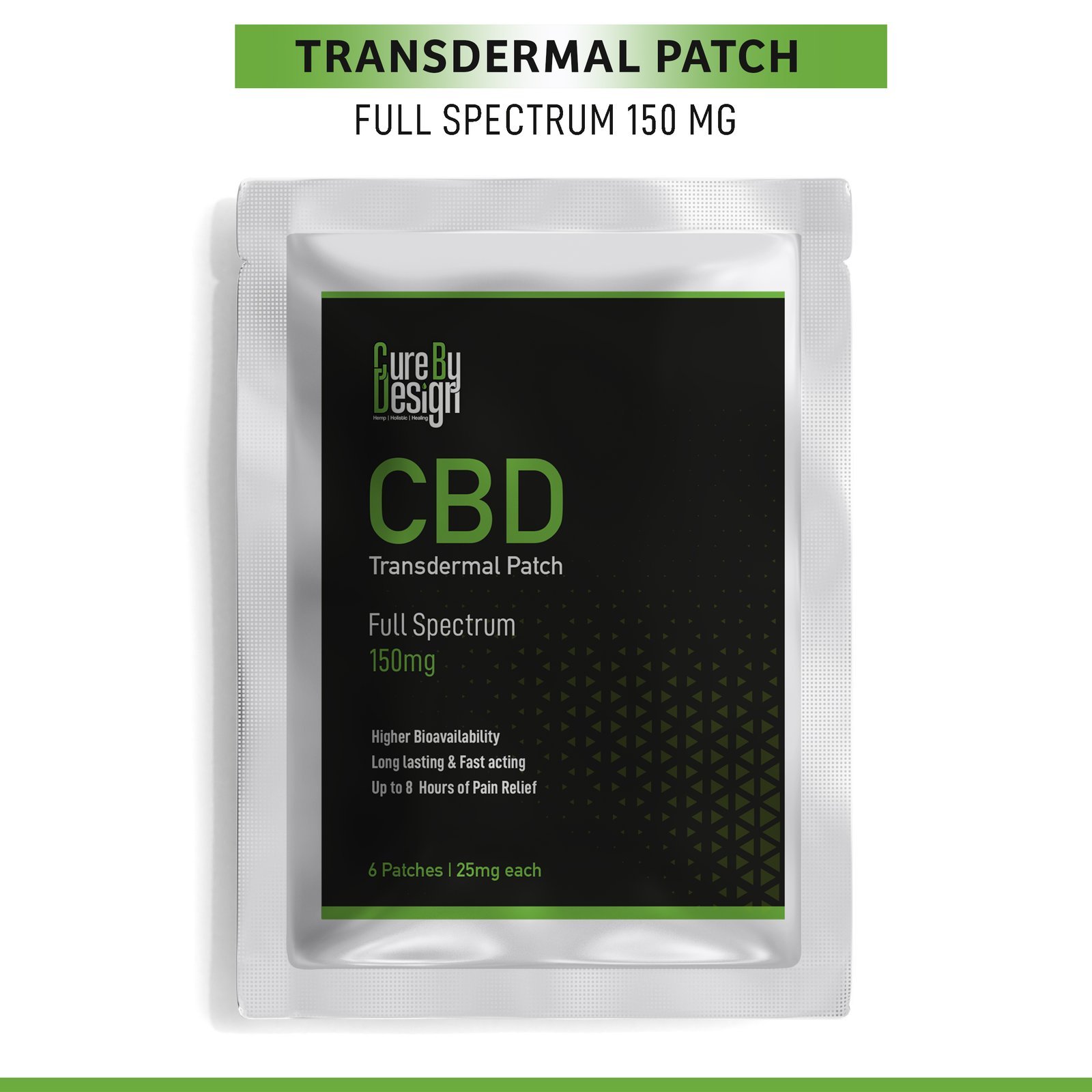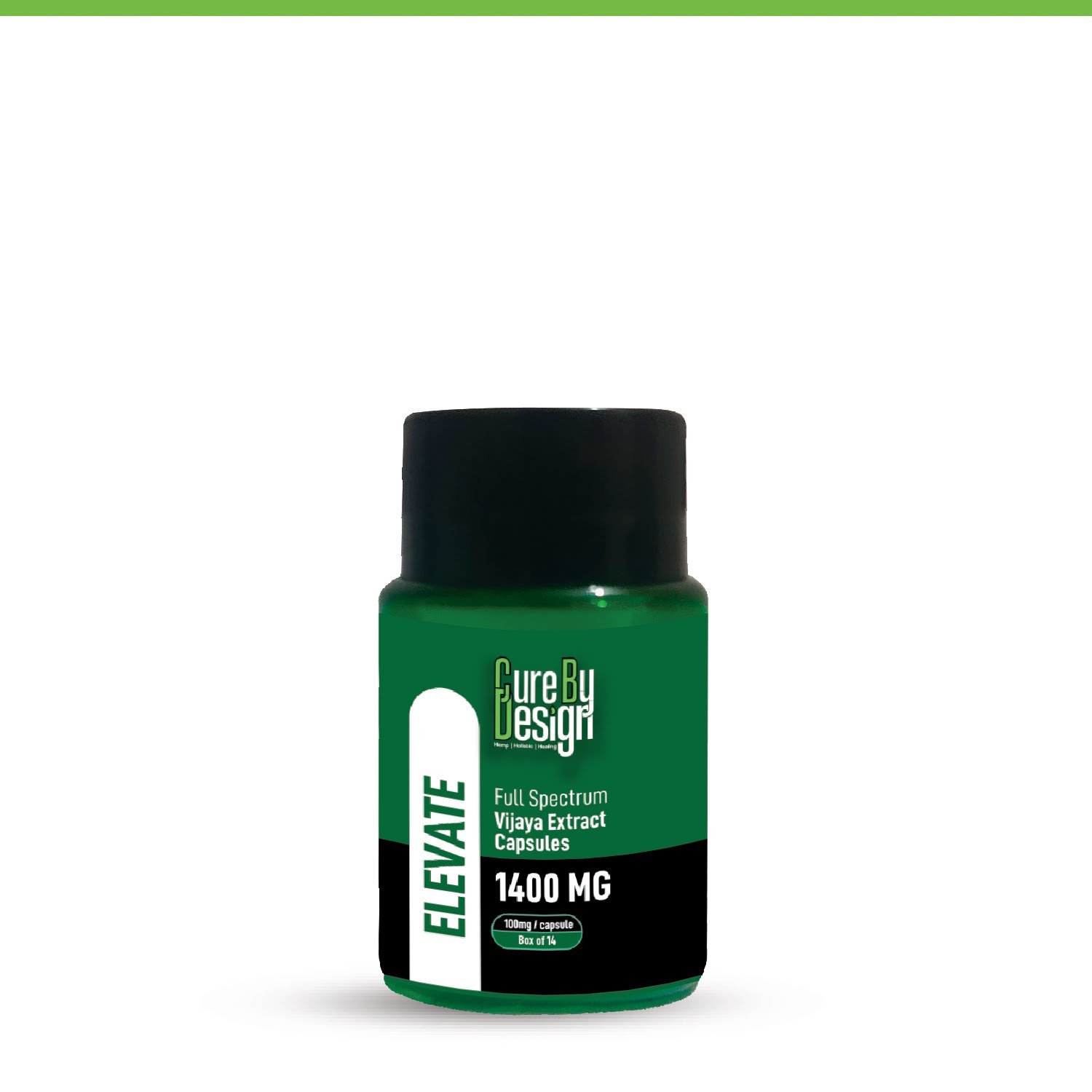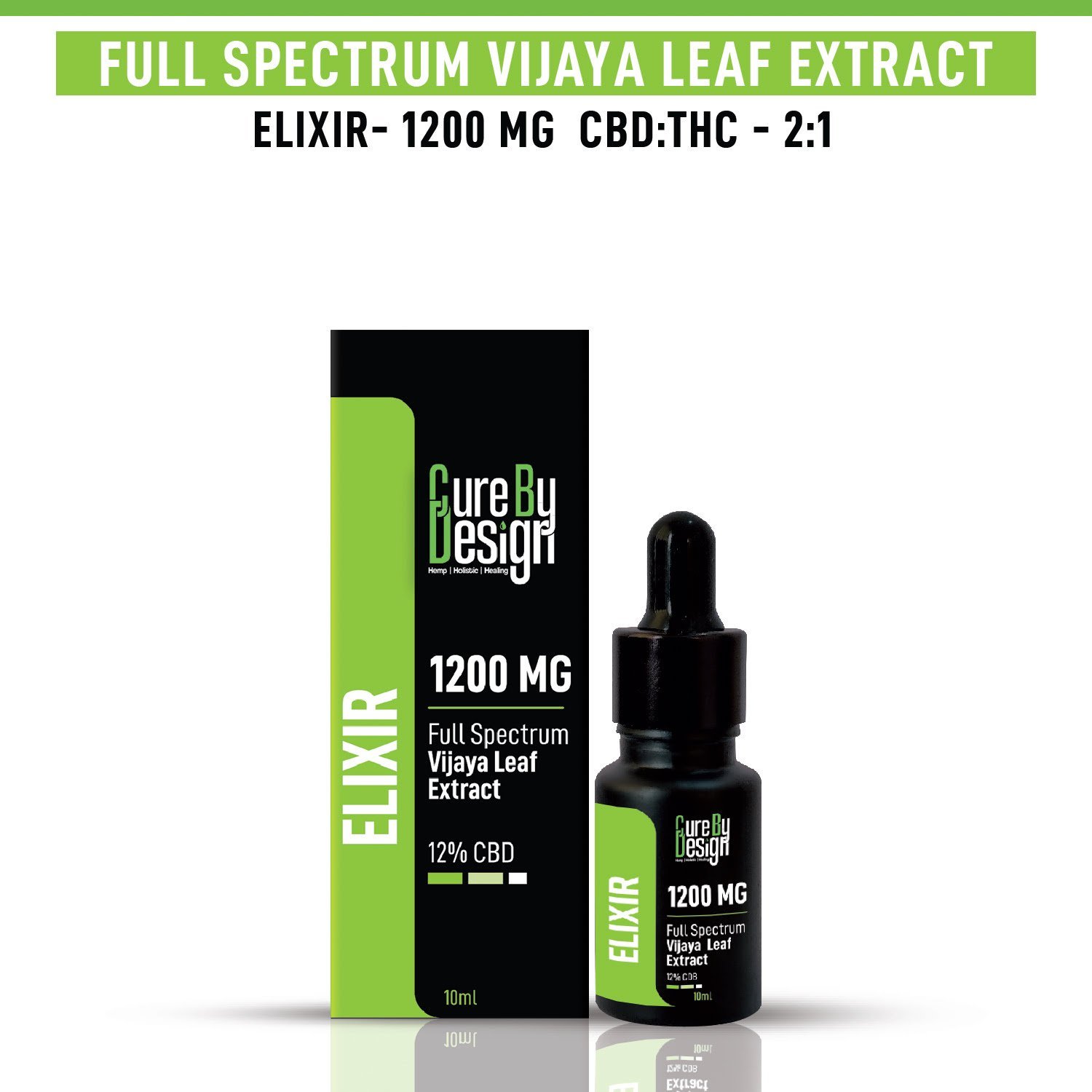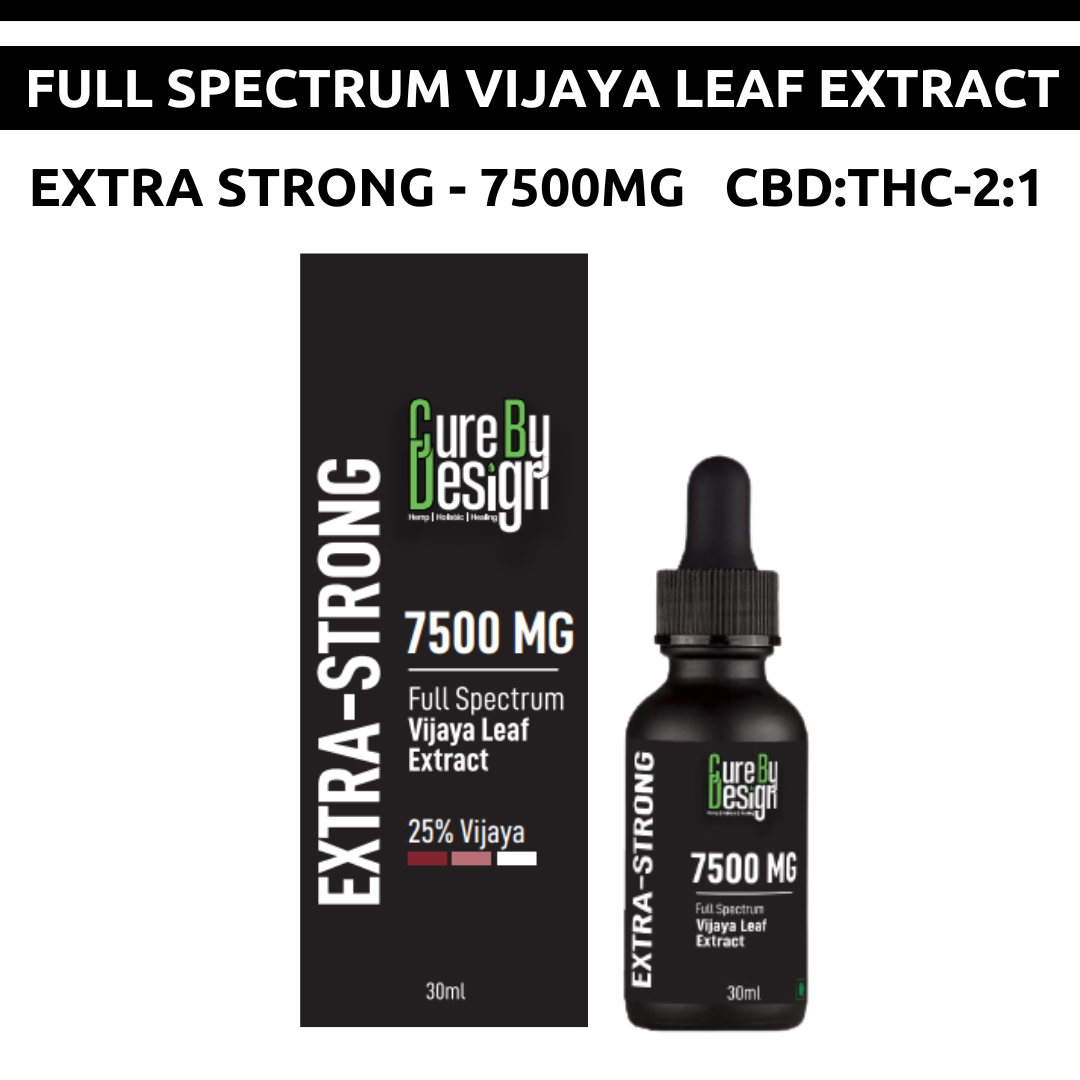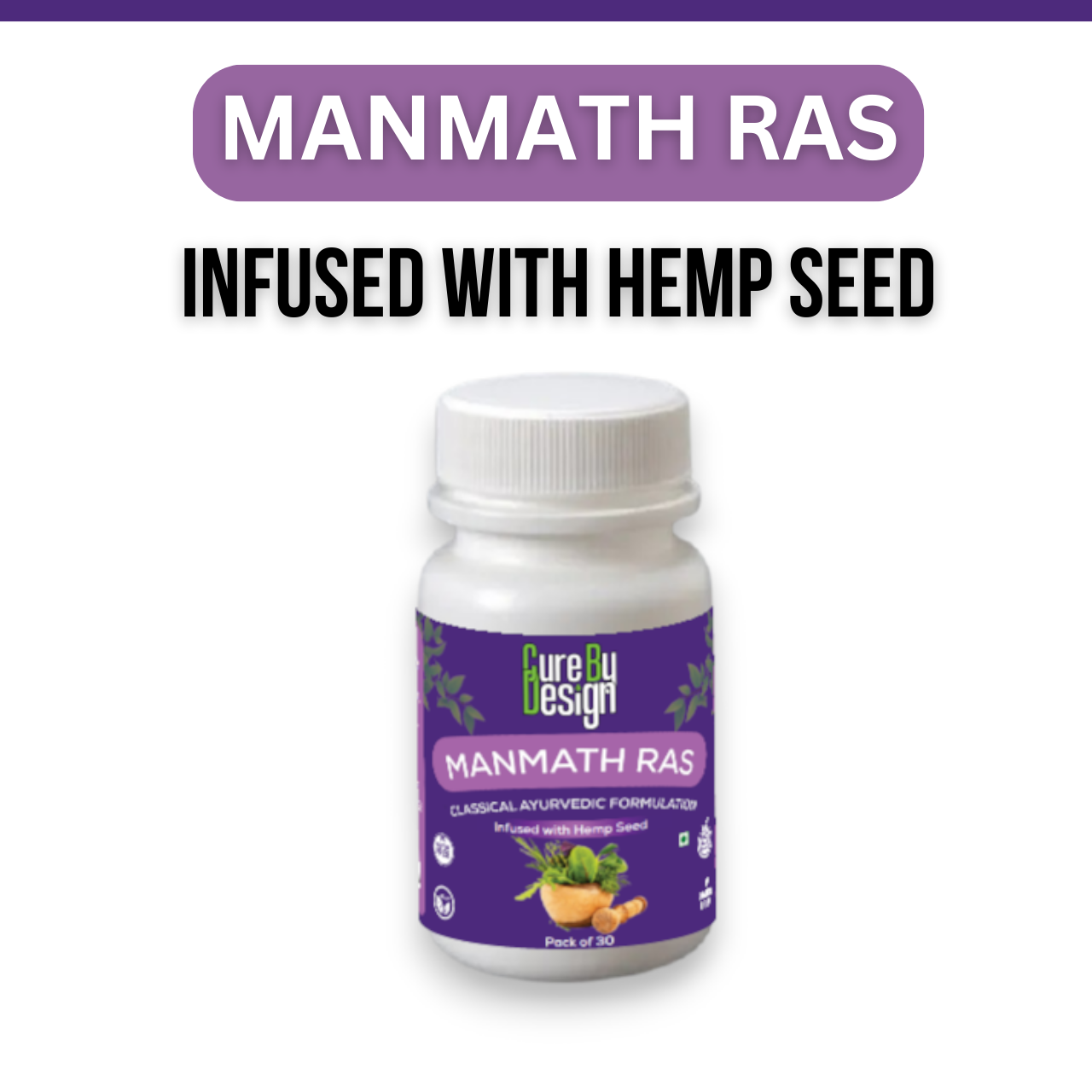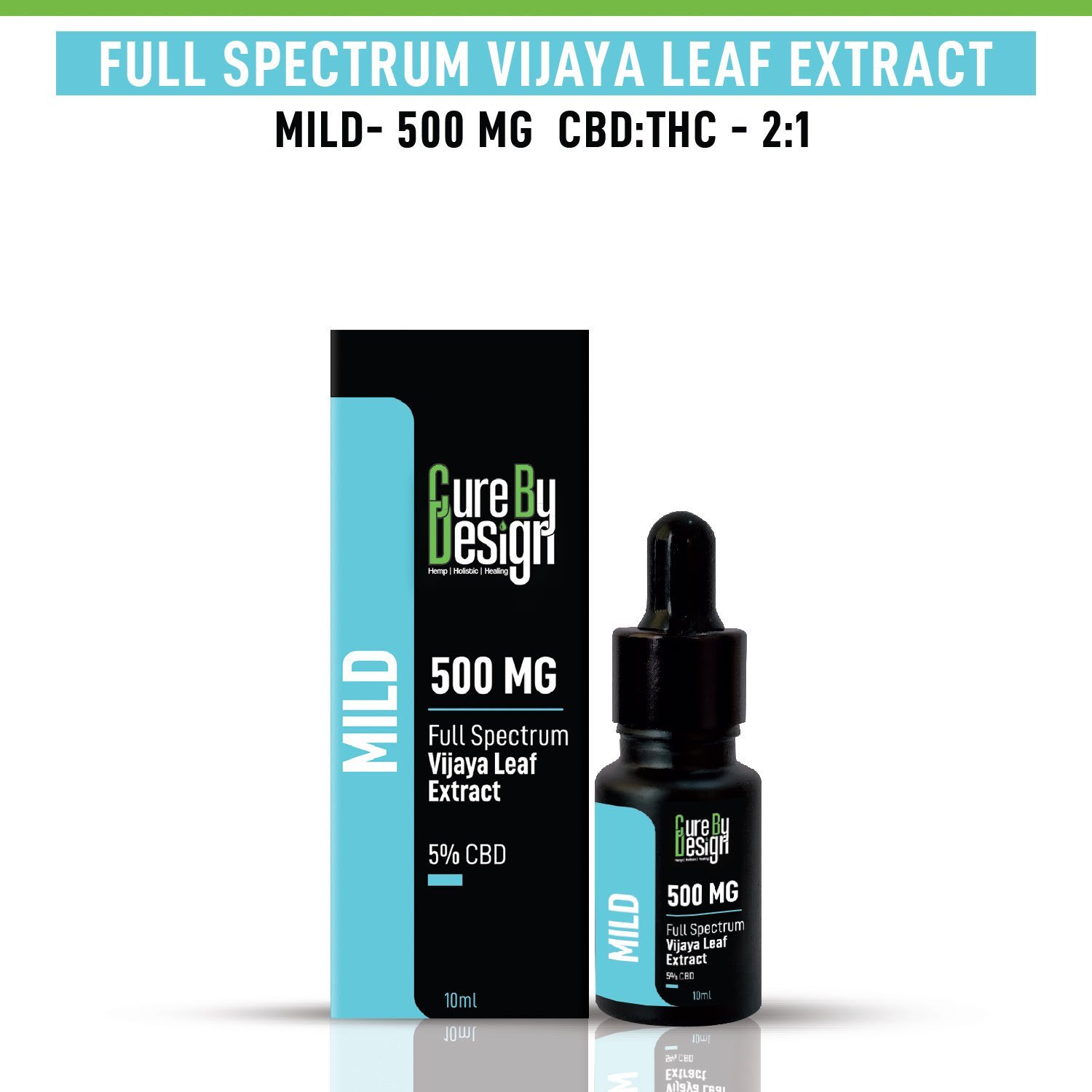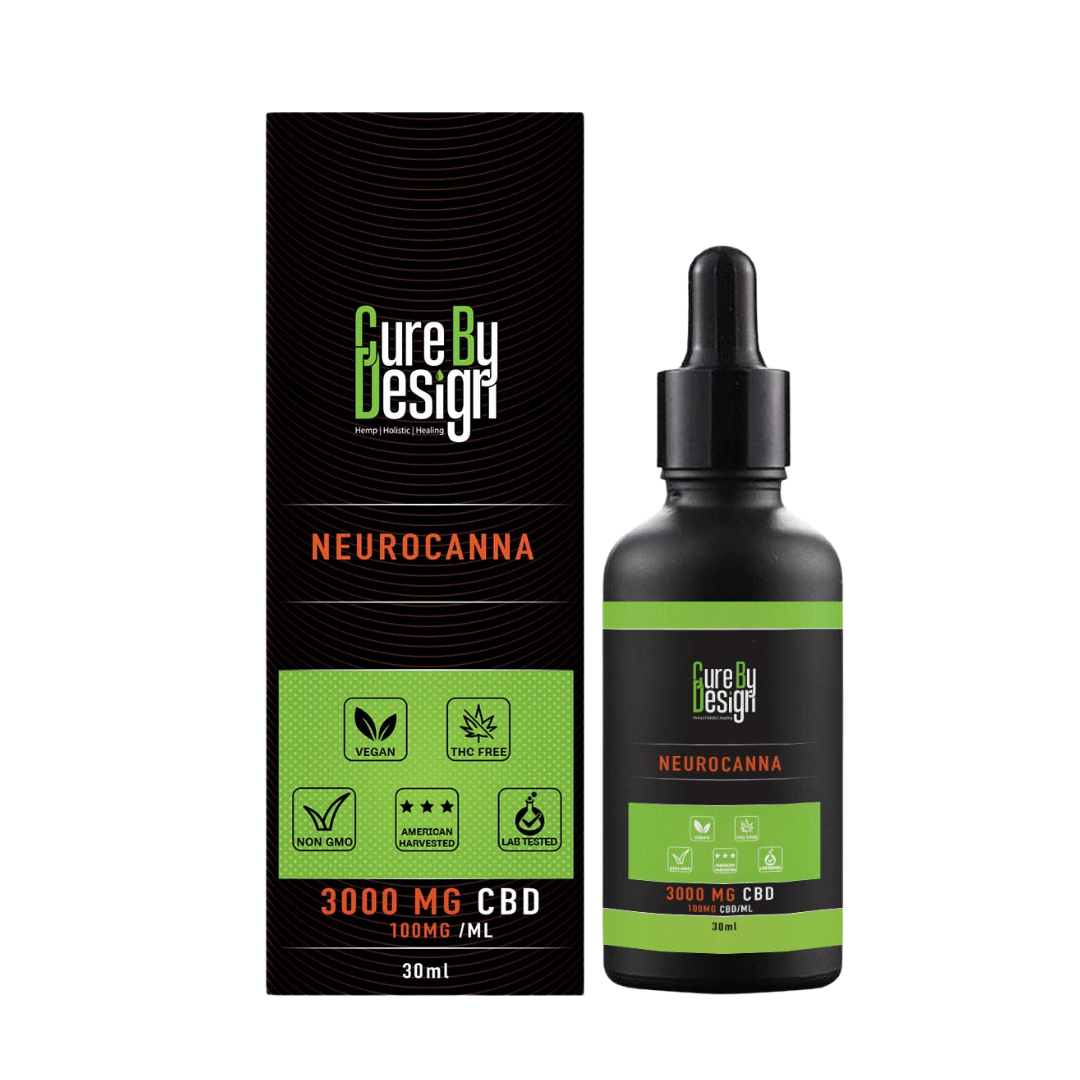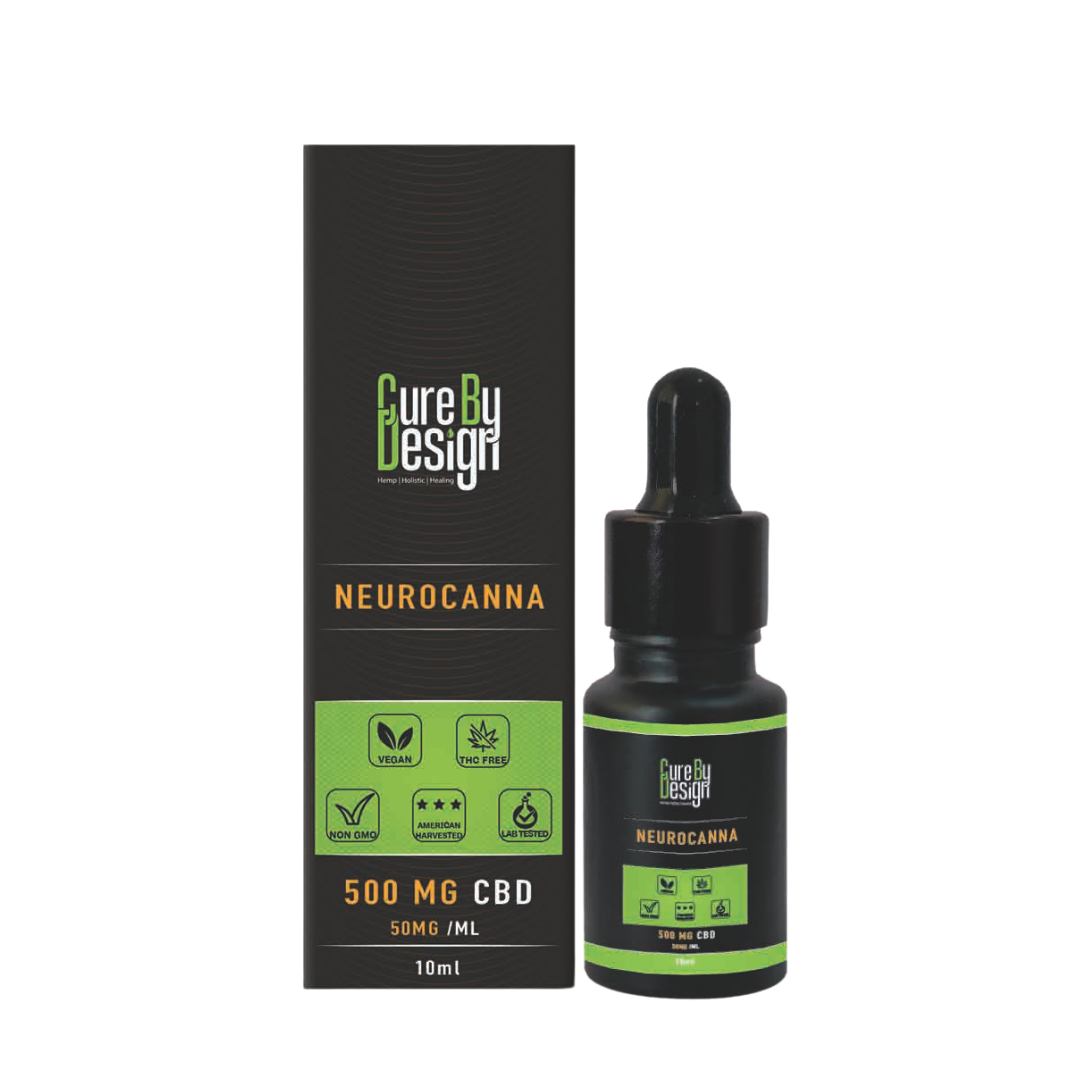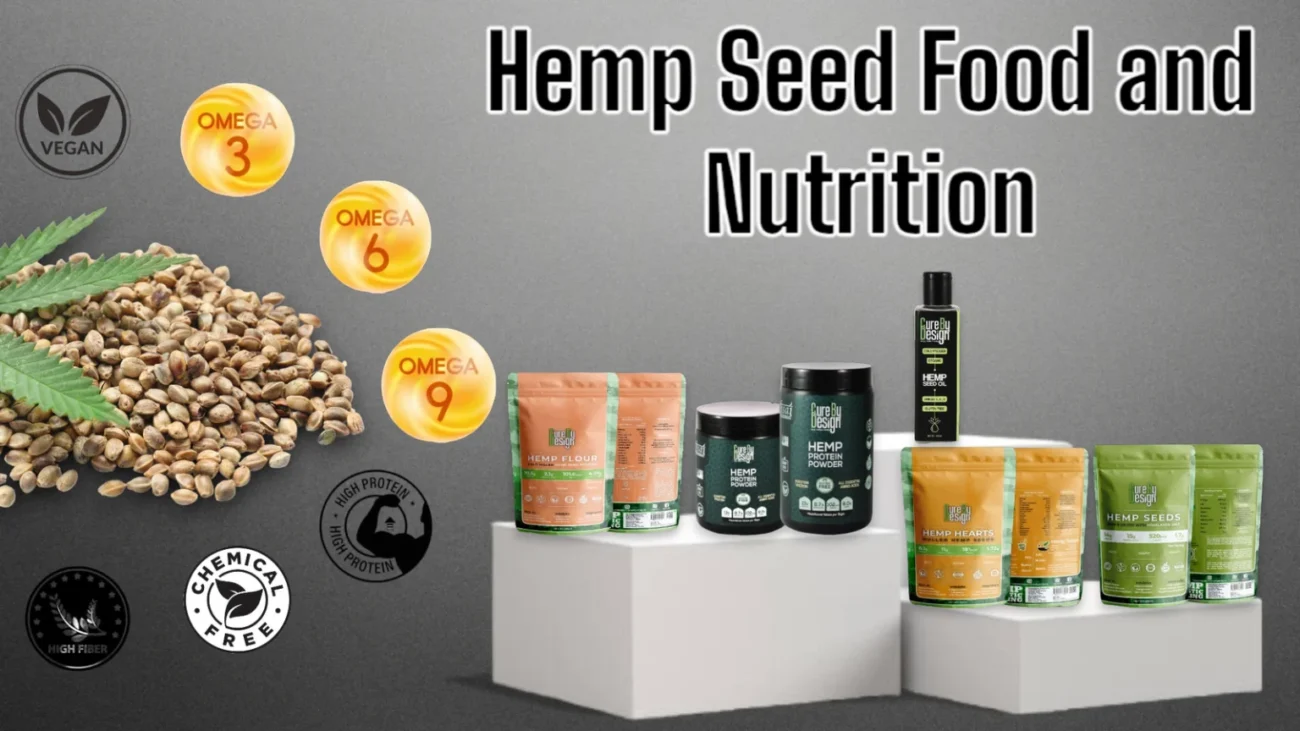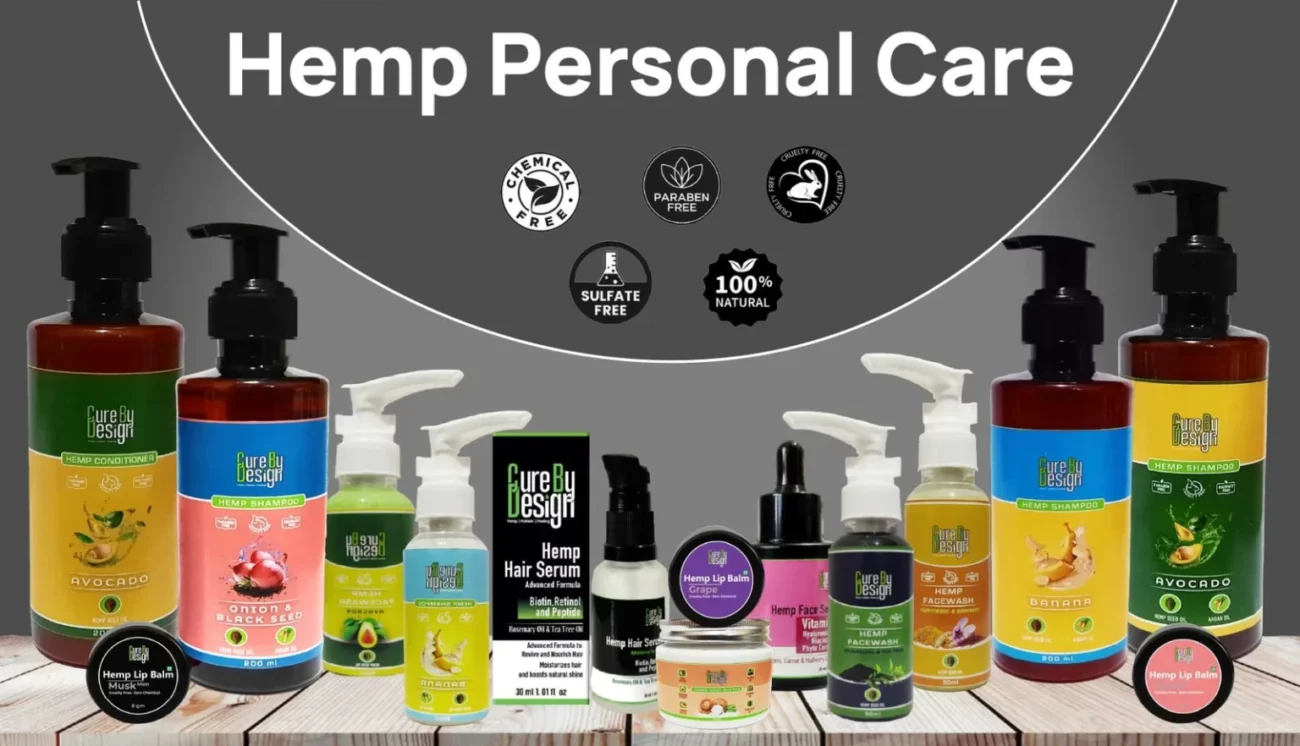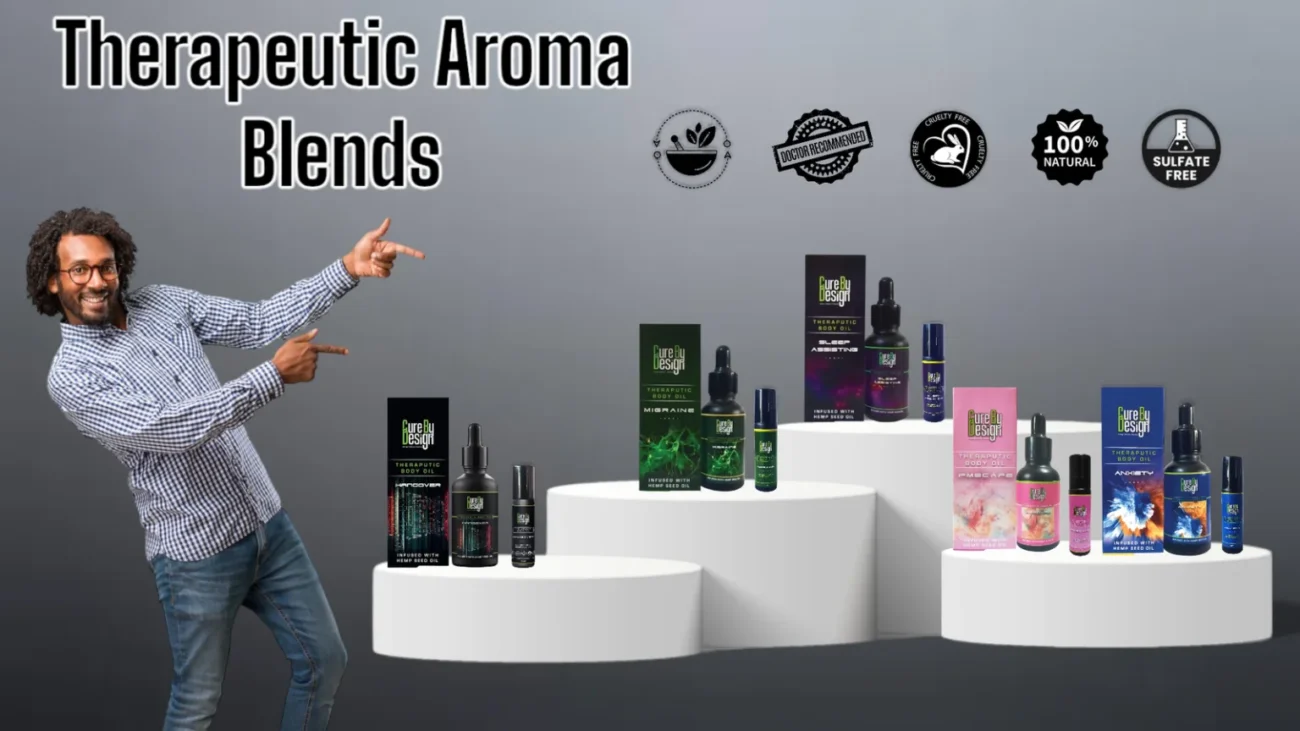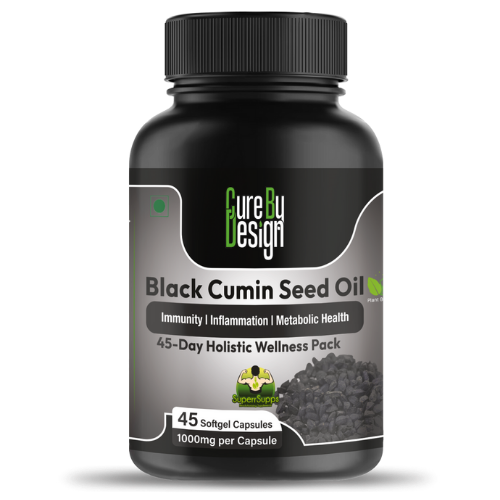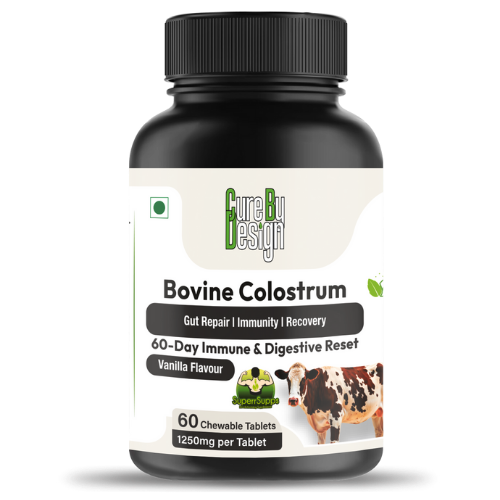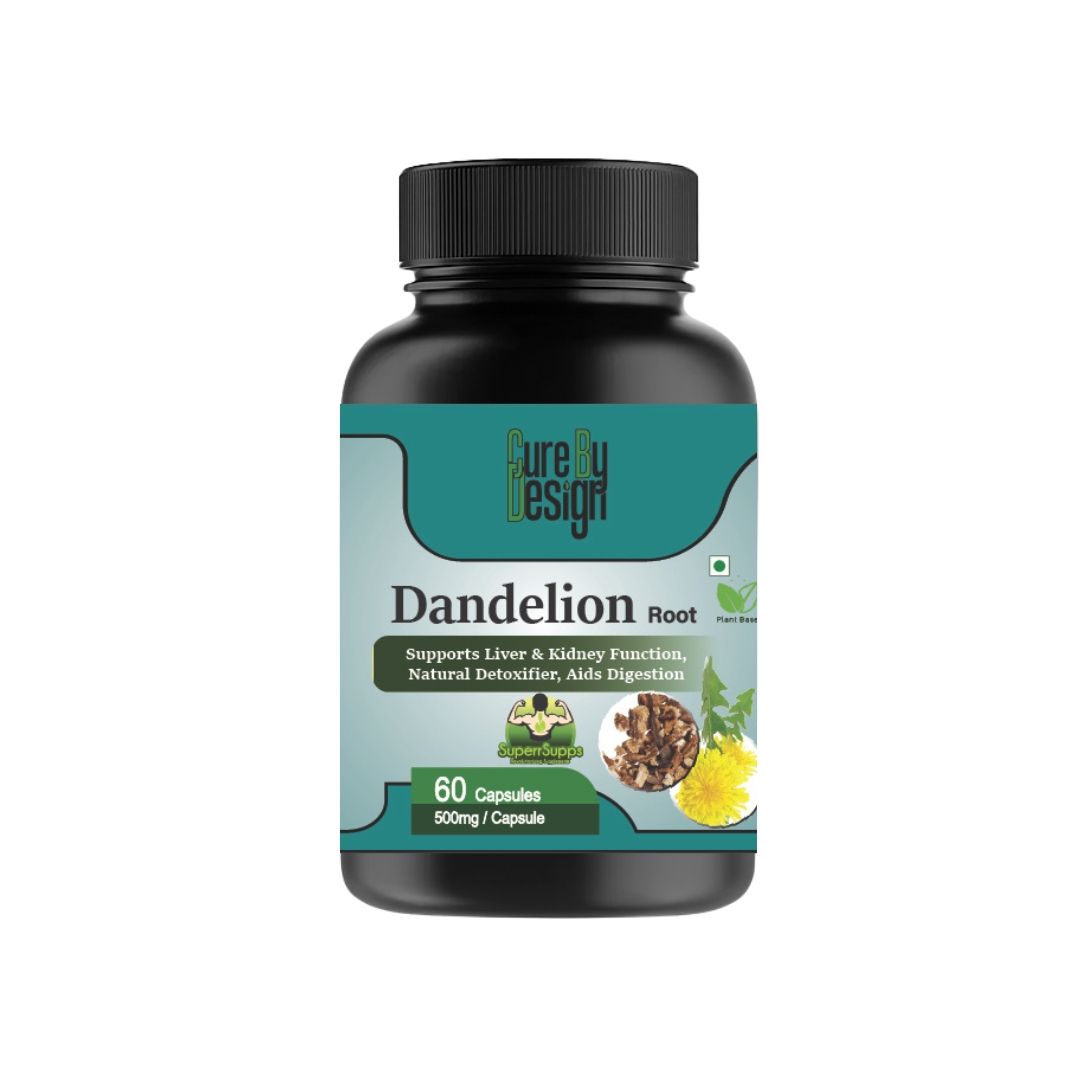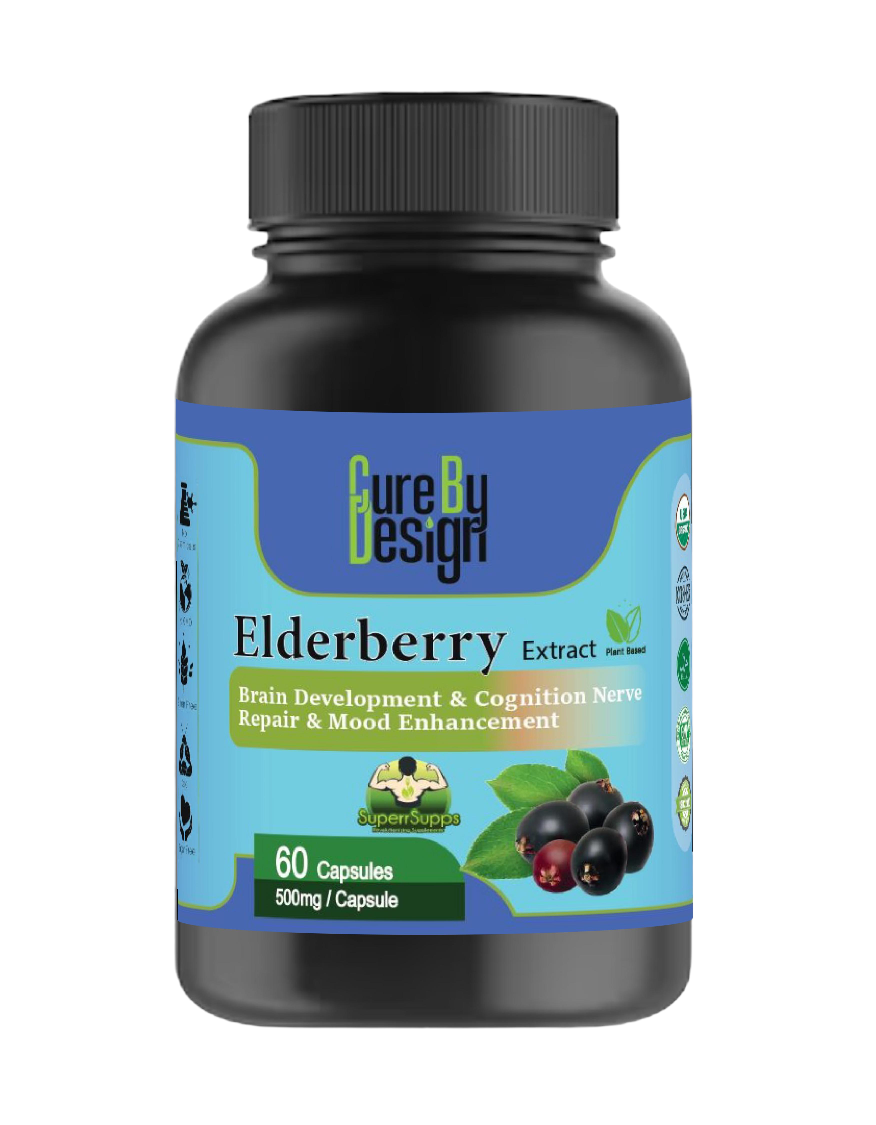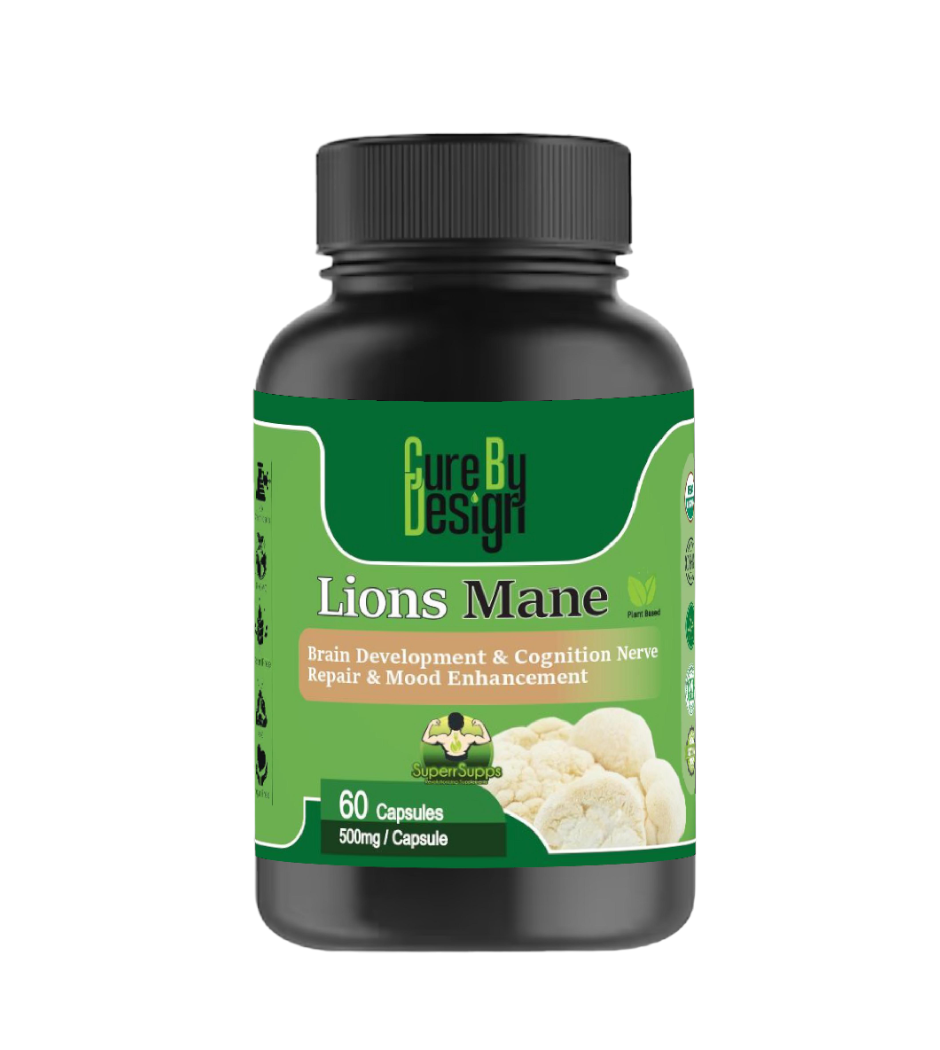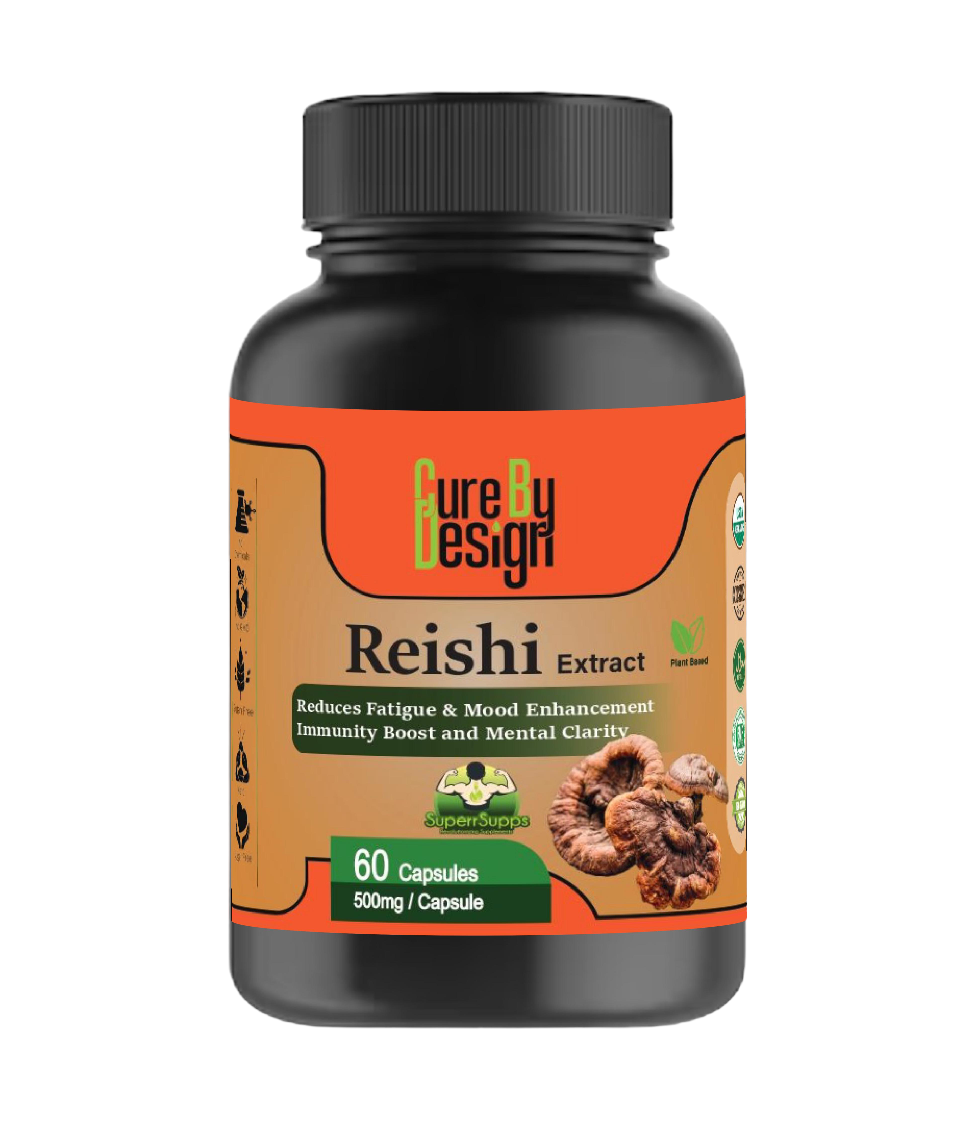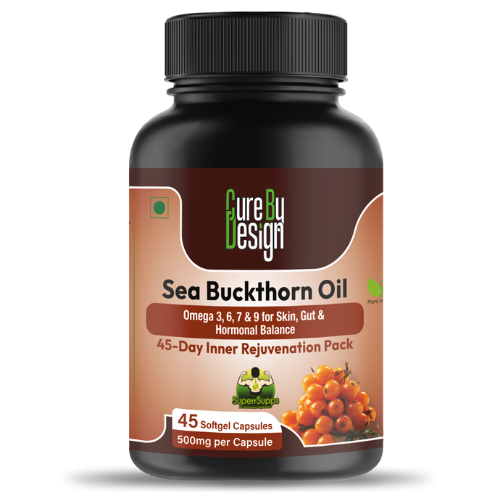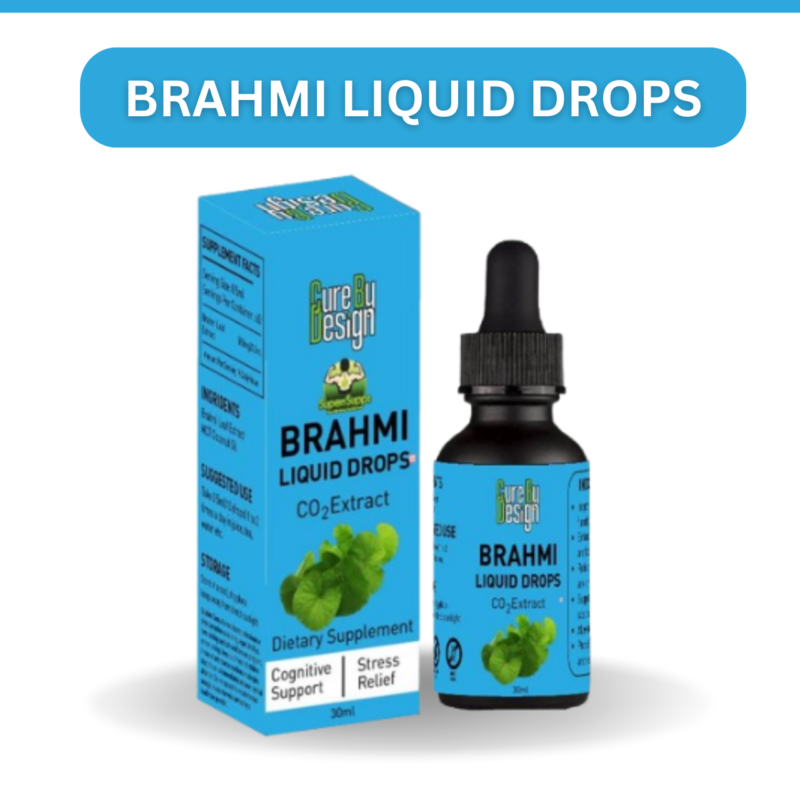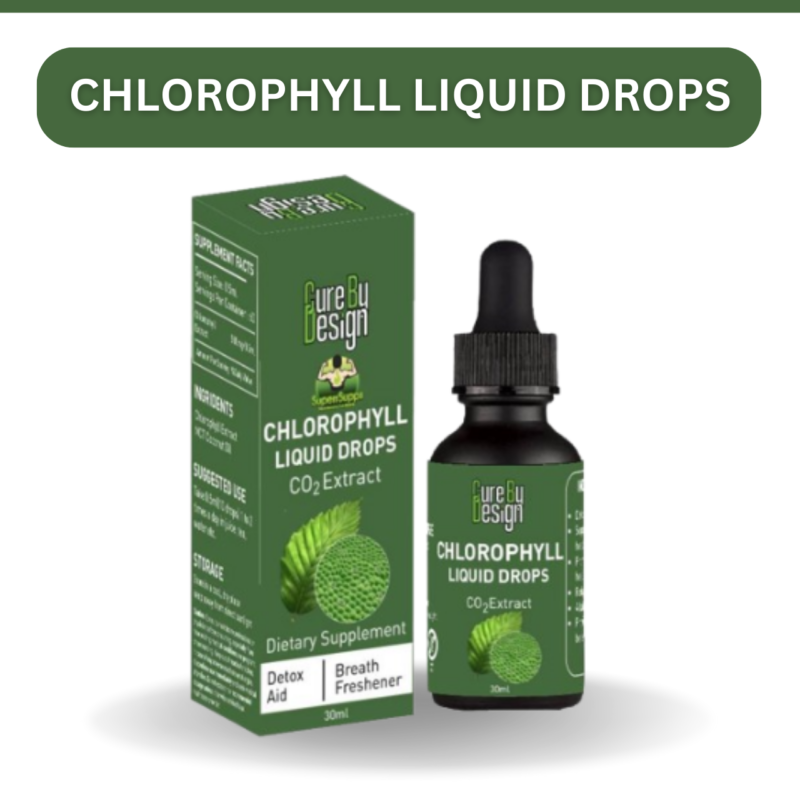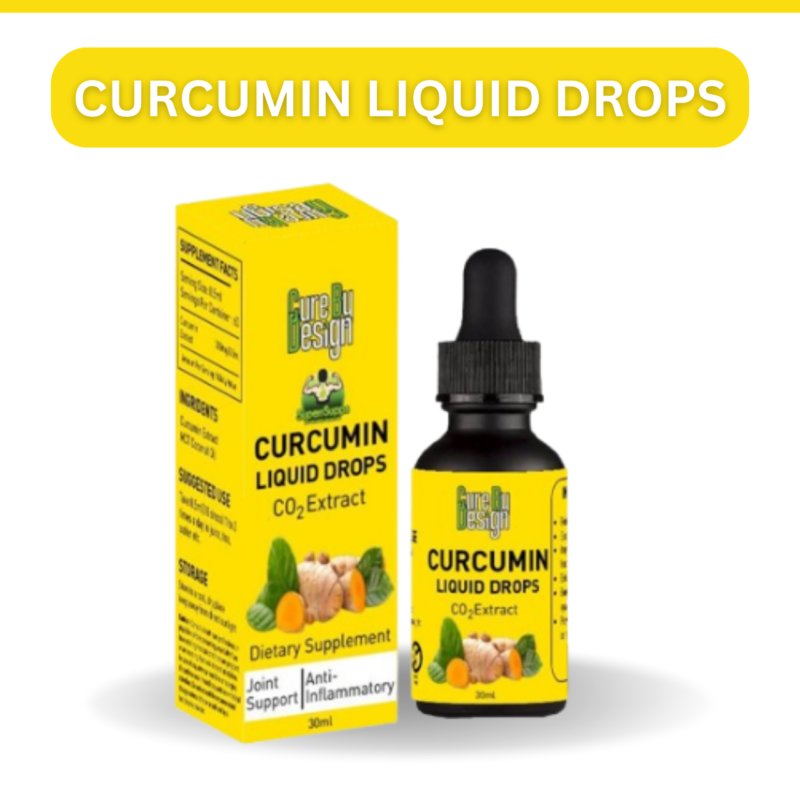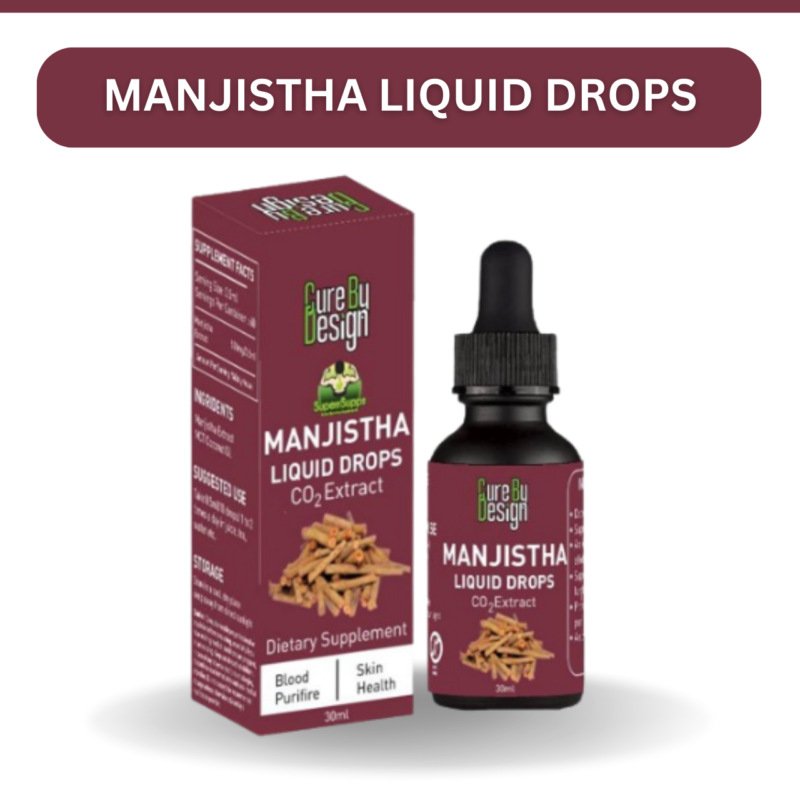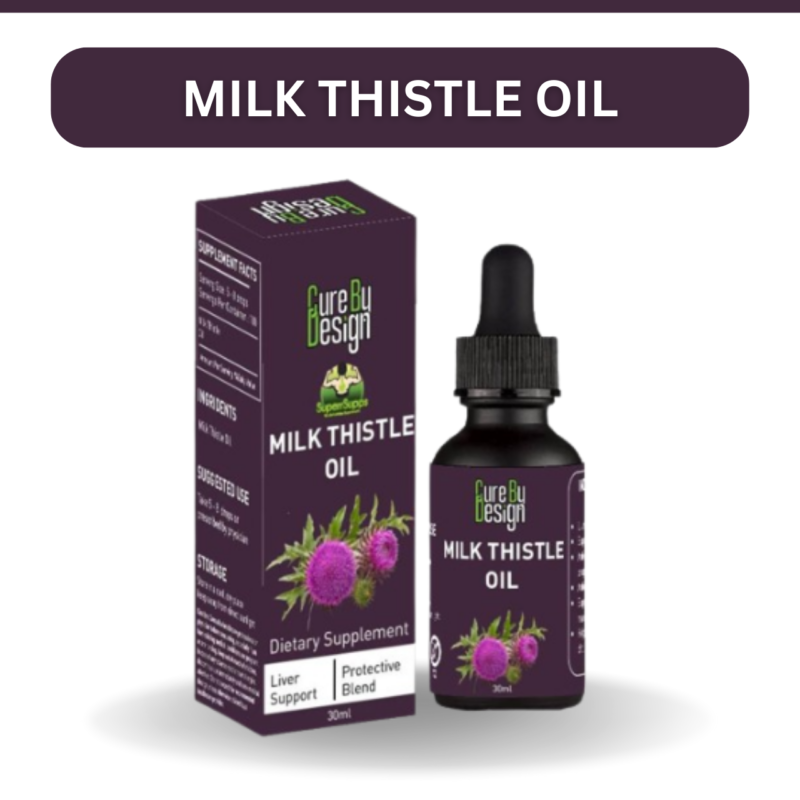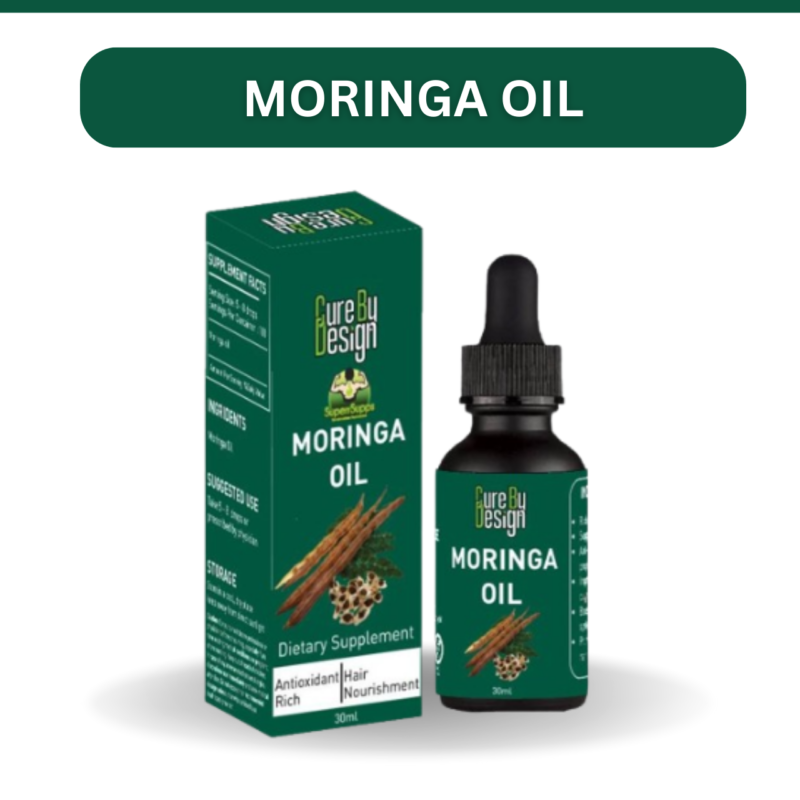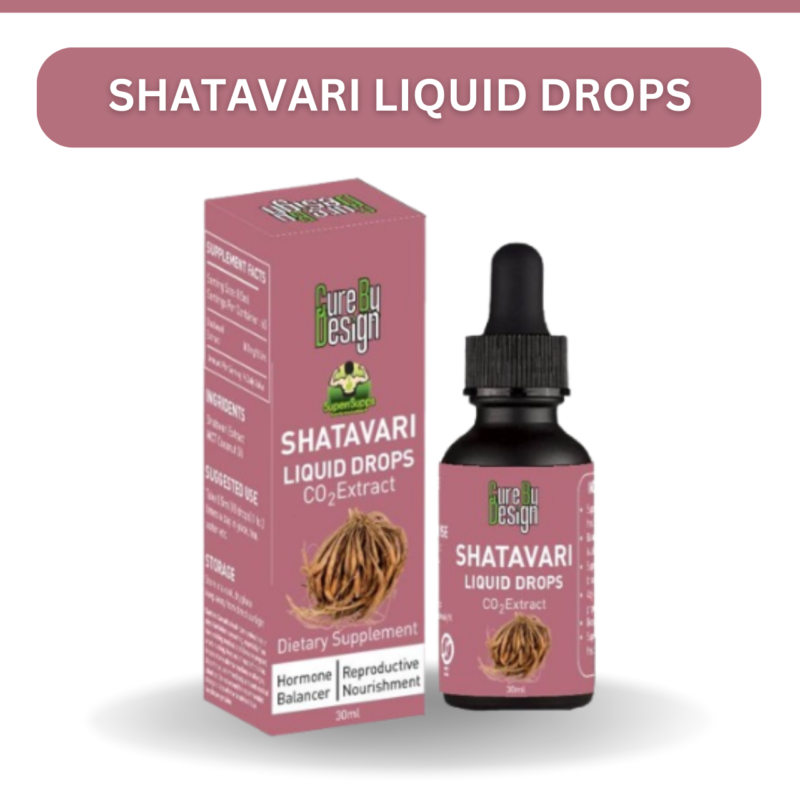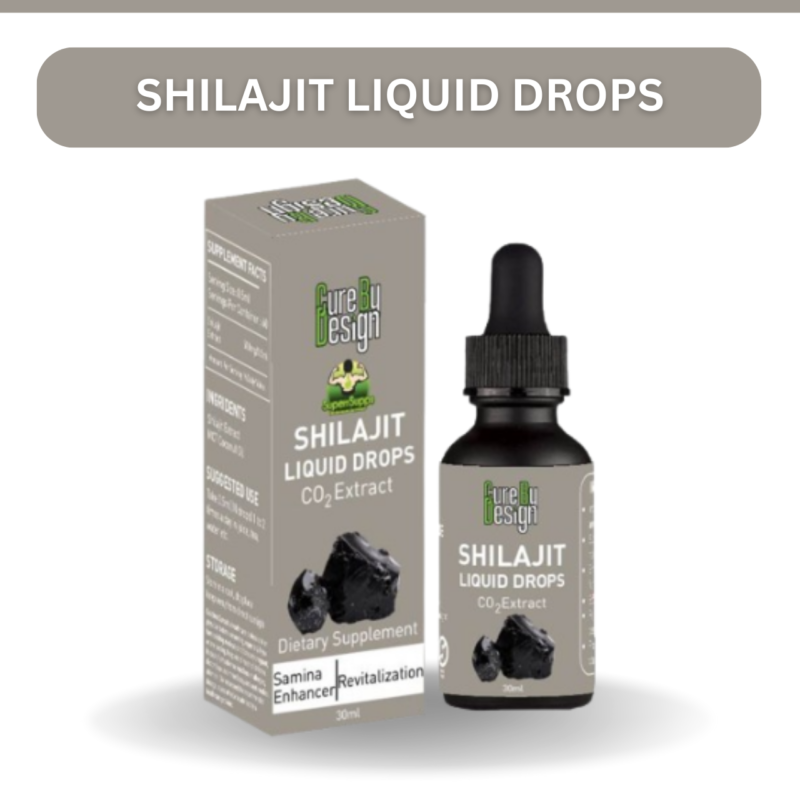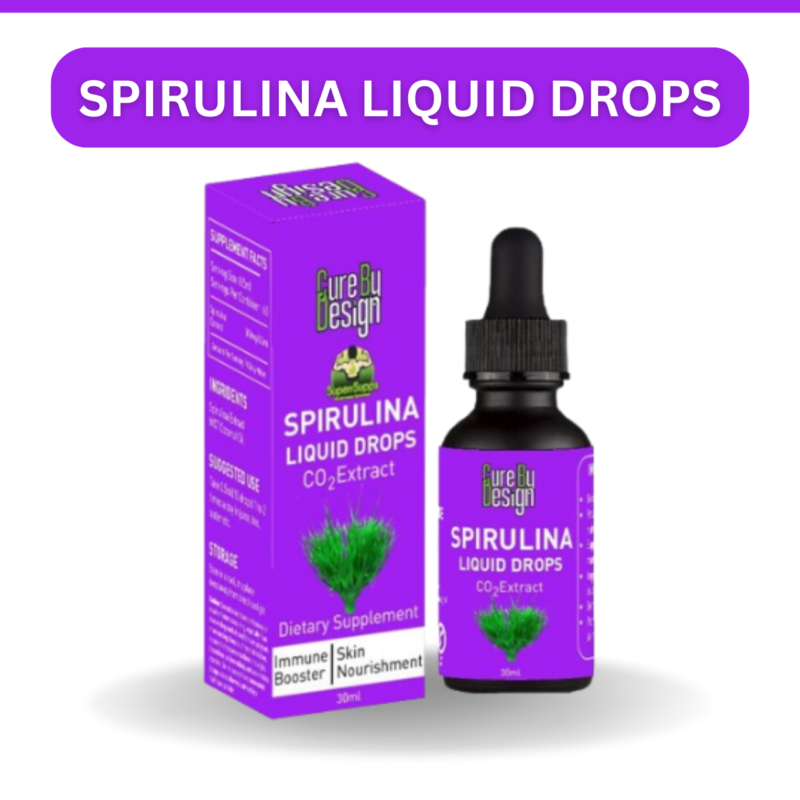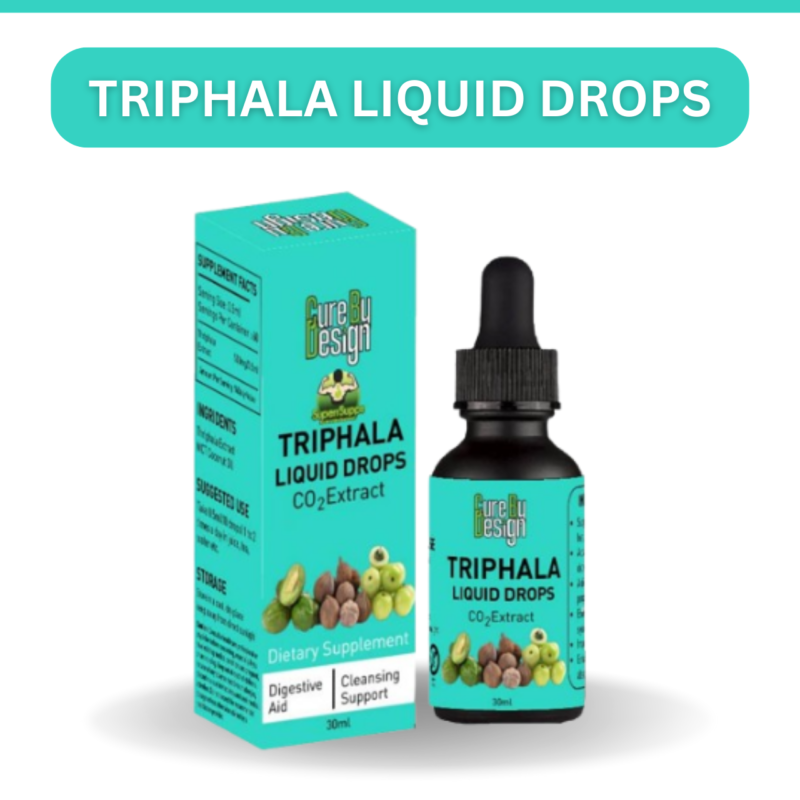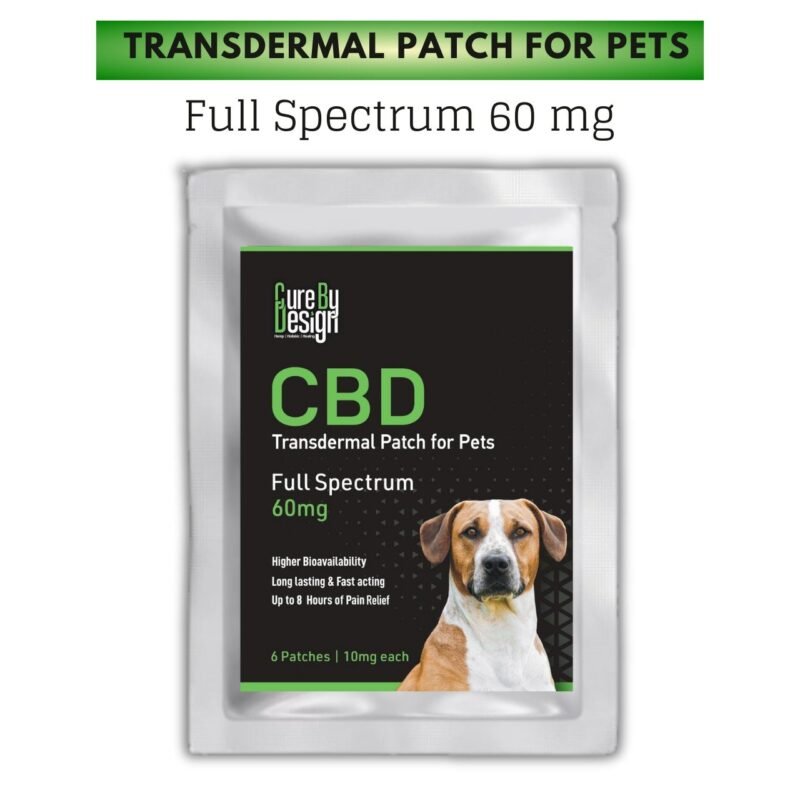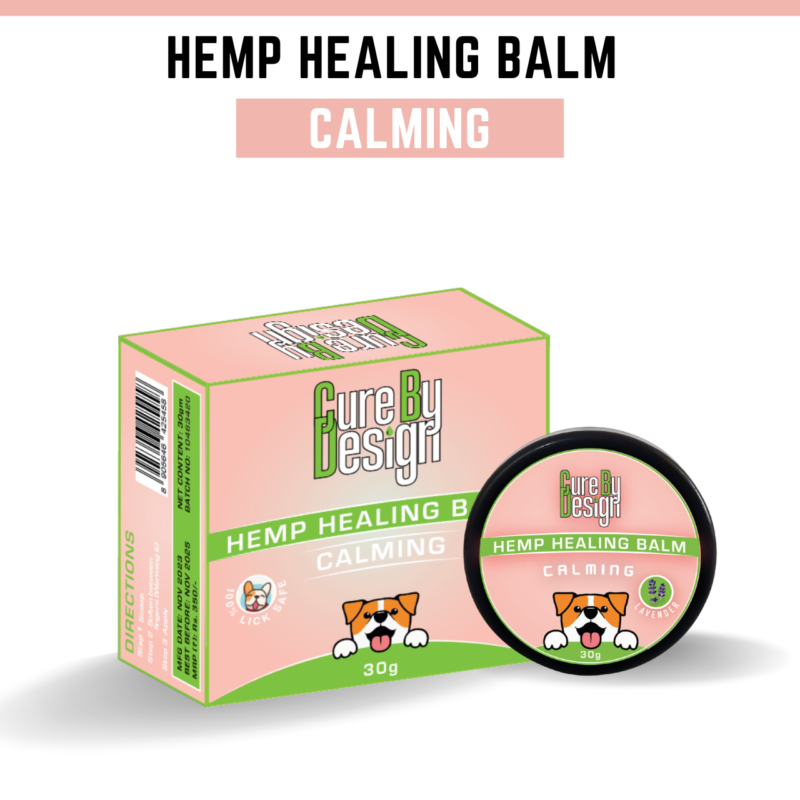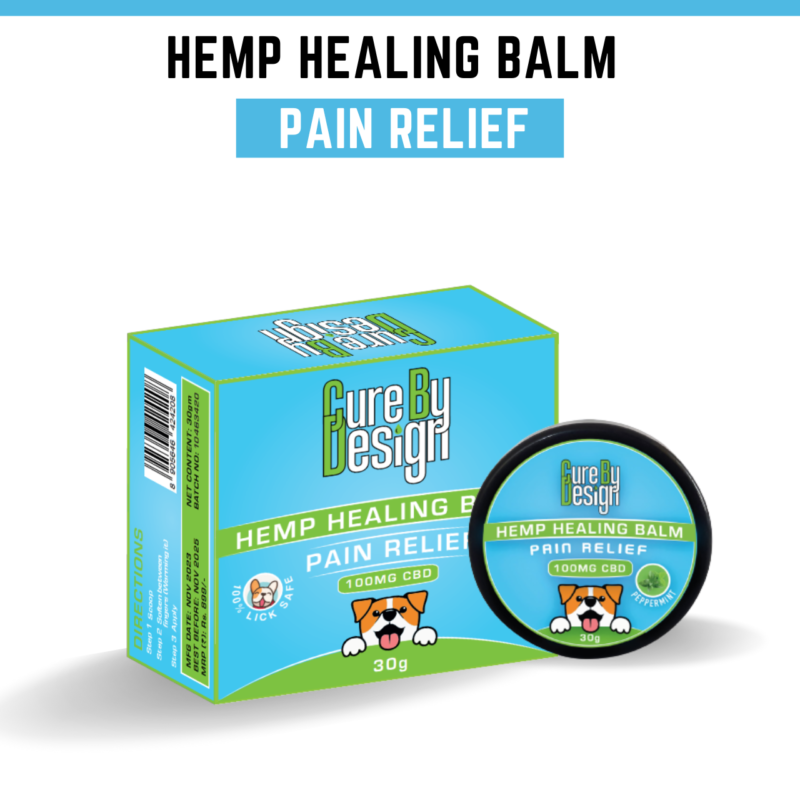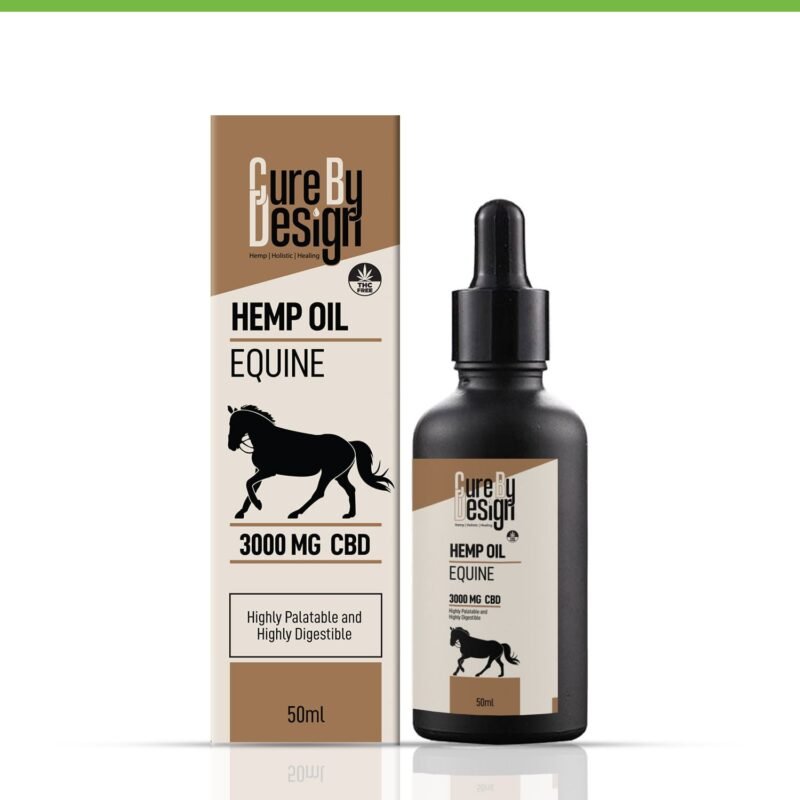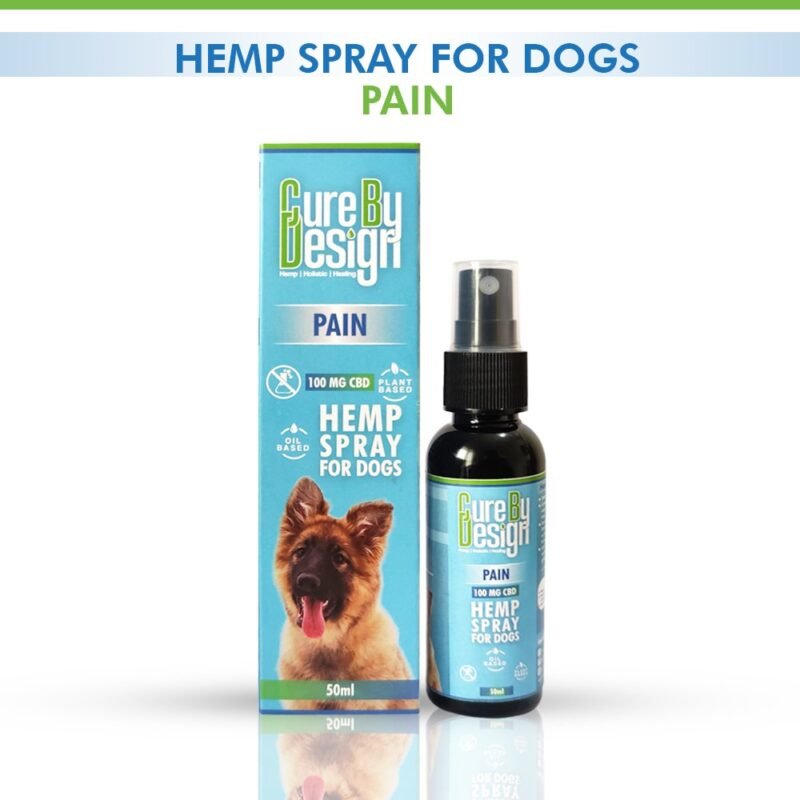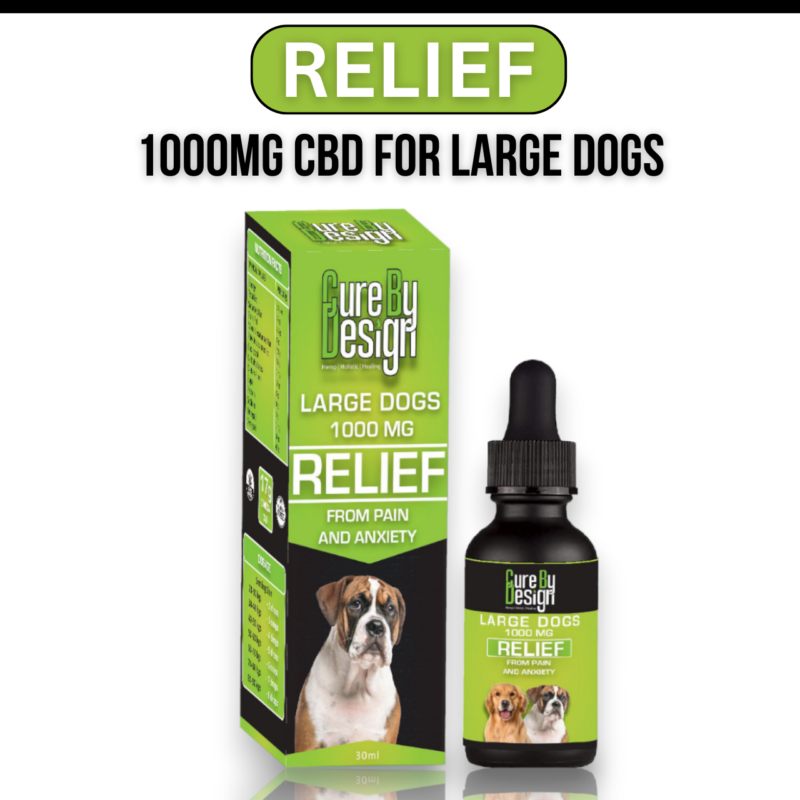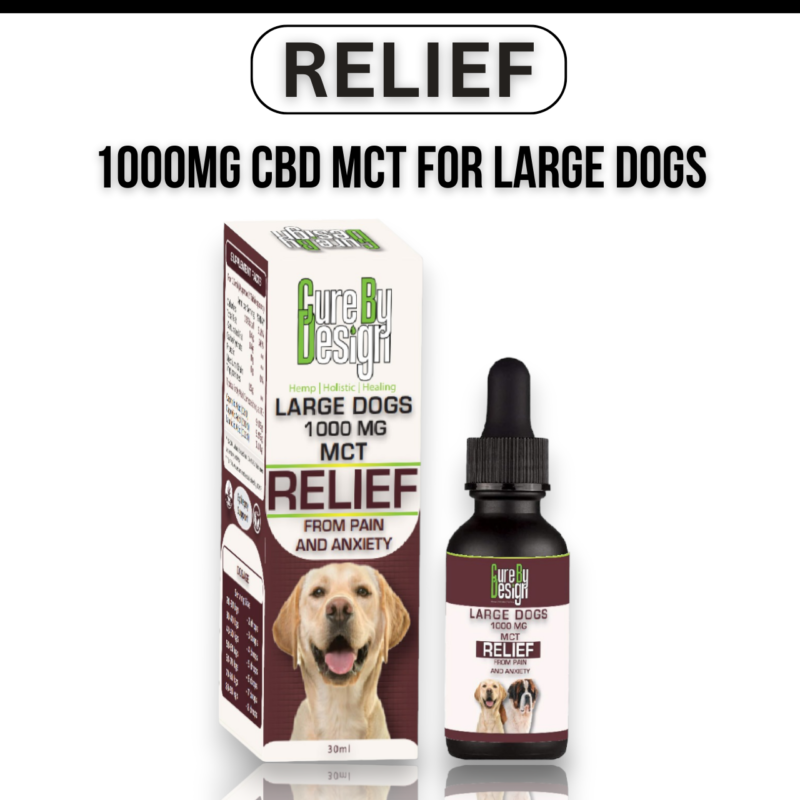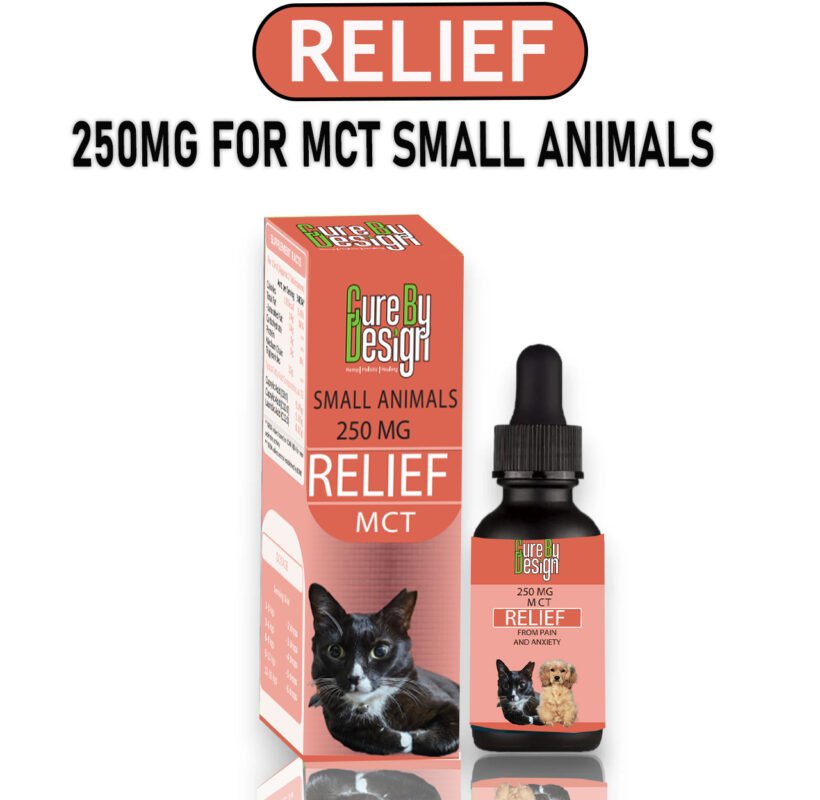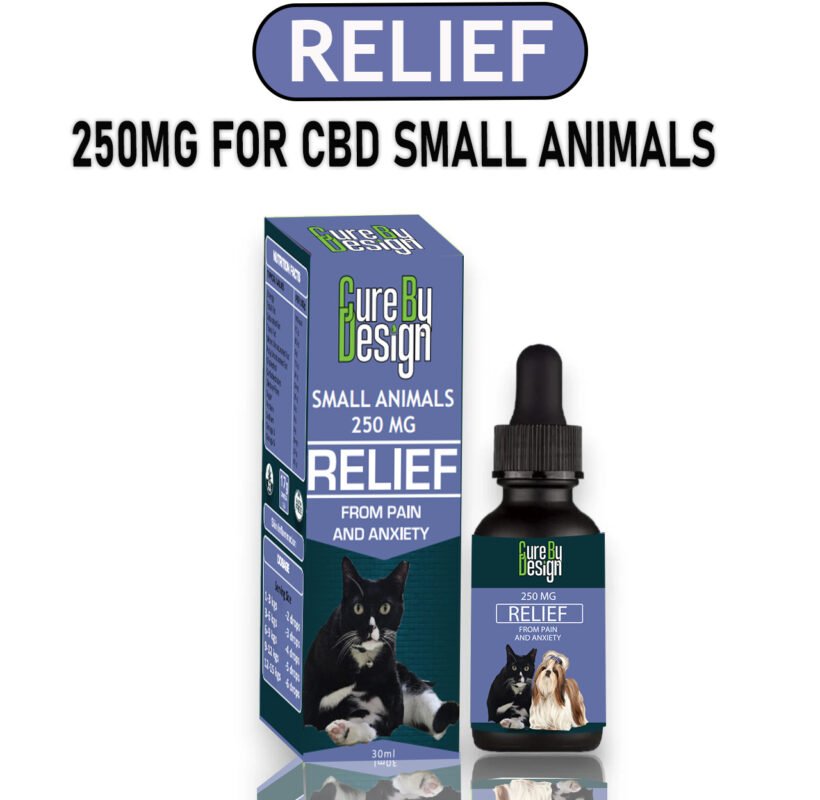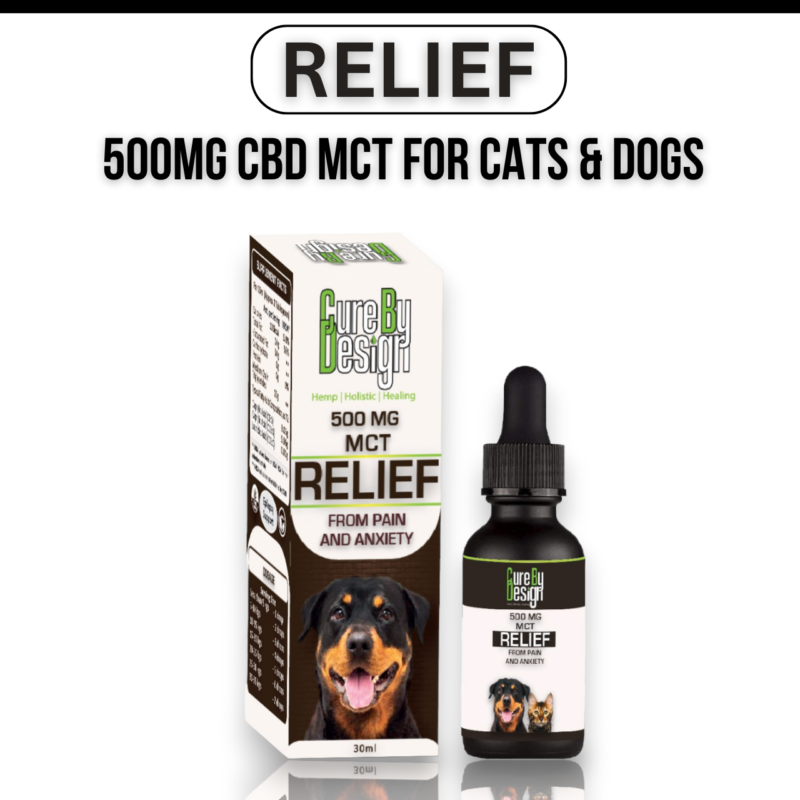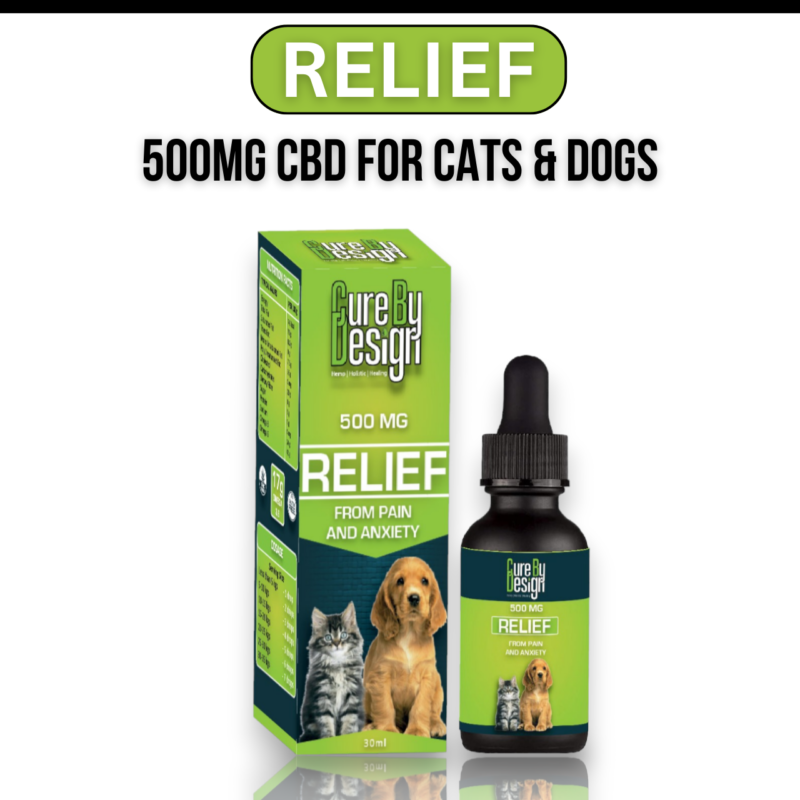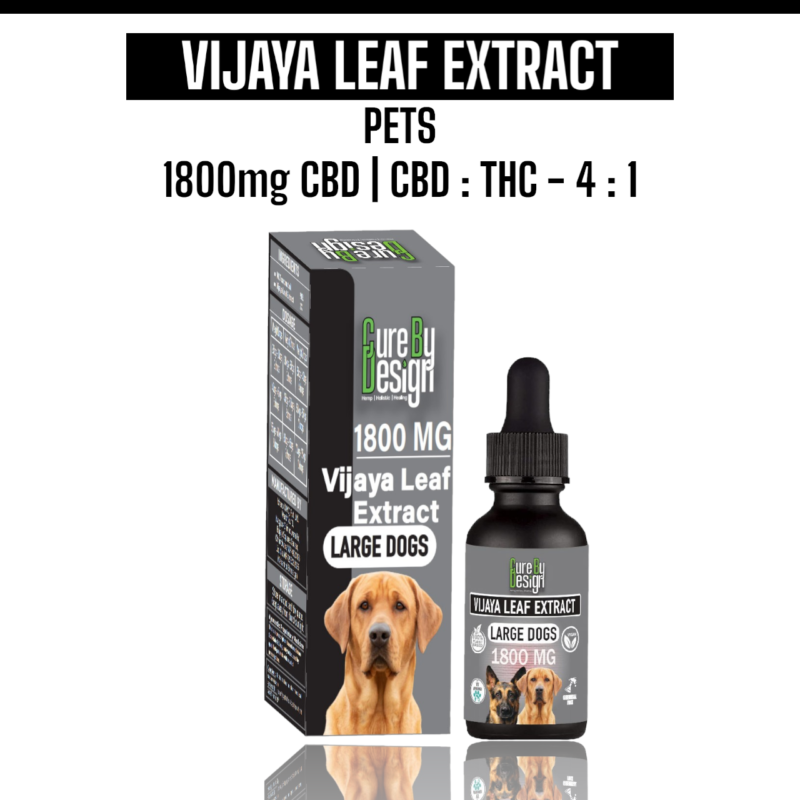Hemp vs. CBD: What’s the Real Difference Everyone Should Know
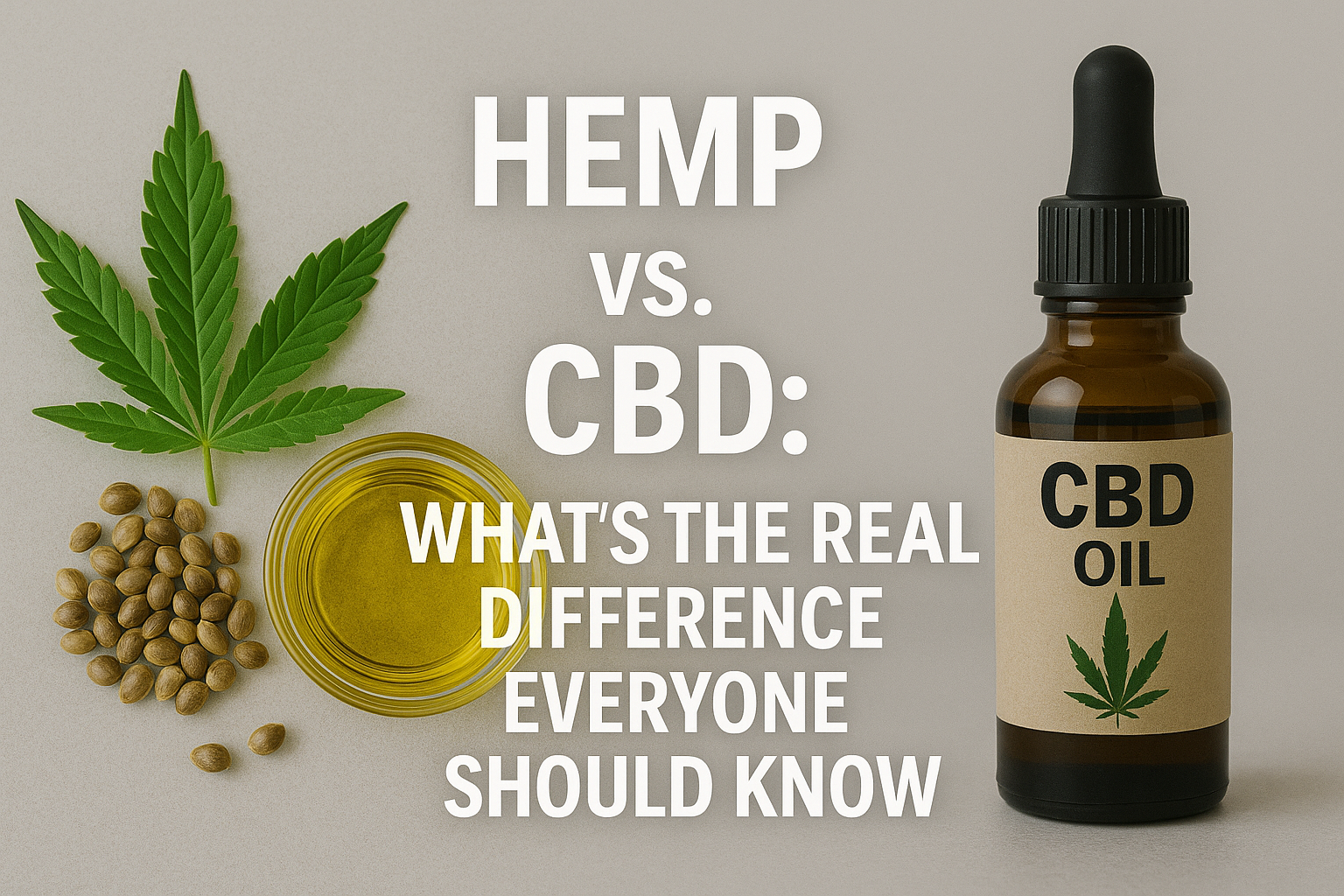
Hemp and CBD are often confused, but they serve different purposes. Hemp is a variety of the Cannabis sativa plant, mainly grown for industrial uses like textiles and paper. Its legal definition in the U.S. includes cannabis with 0.3% THC or less, meaning it won’t get you high. On the other hand, CBD (cannabidiol) is a compound found in both hemp and marijuana known for its potential health benefits without psychoactive effects. While hemp offers versatility in products, including food and cosmetics, CBD is popular for managing anxiety, pain relief, and more. Understanding these differences can help consumers make informed choices in this expanding market.
Table of Contents
- Definitions and Basic Concepts
- What is Hemp?
- What is CBD?
- Chemical Composition
- THC vs. CBD
- Cannabinoid Profiles
- Legal Status
- Hemp Legalization
- CBD Legal Status
- Uses and Applications
- Industrial Uses of Hemp
- Uses of CBD
- Health Benefits and Research
- Health Benefits of Hemp
- Health Benefits of CBD
- Side Effects and Risks
- Hemp Oil Side Effects
- CBD Oil Side Effects
- Summary of Key Differences
- Consumer Considerations for Hemp and CBD
- Frequently Asked Questions
1. Definitions and Basic Concepts
Hemp is a non-intoxicating variety of the Cannabis sativa plant, primarily grown for industrial purposes. Its use dates back thousands of years, where it provided essential materials for clothing, rope, and paper. Legally, hemp is classified as cannabis containing 0.3% or less THC, distinguishing it from marijuana, which has much higher THC levels and produces psychoactive effects. Nutritionally, hemp seeds are rich in protein, essential fatty acids, and minerals, making them a valuable addition to diets. Hemp oil, extracted from these seeds, has a variety of applications in cooking and cosmetics.
On the other hand, CBD, or cannabidiol, is one of the major cannabinoids found in cannabis. It is known for its therapeutic potential without the psychoactive effects linked to THC, making it a popular choice for wellness products. Research into CBD has significantly increased, focusing on its effects on anxiety, pain, and inflammation. Both hemp and CBD are often marketed as natural remedies, attracting health-conscious consumers. Understanding the distinction between hemp and CBD is crucial for recognizing their uses and legal implications.
2. What is Hemp?
Hemp is a fast-growing variety of the Cannabis sativa plant, primarily cultivated for its industrial uses. It reaches maturity in about four months, making it a sustainable crop. The fibers extracted from hemp are strong and durable, making them suitable for textiles and construction materials. Hemp seeds are often hailed as a superfood, rich in protein and healthy fats, contributing to a balanced diet. Environmentally, hemp is friendly; it requires fewer pesticides and herbicides compared to many other crops, which helps preserve ecosystems. Every part of the hemp plant can be utilized, reducing waste and maximizing resource use. Additionally, hemp cultivation supports soil health, prevents erosion, and promotes biodiversity. It can also be transformed into biodegradable plastics, providing an eco-friendly alternative to petroleum-based products. The versatility of hemp extends to biofuels, helping to lessen reliance on fossil fuels. Notably, hemp has been recognized for its potential in carbon sequestration, making it a valuable ally in the fight against climate change. Furthermore, growing hemp can create economic opportunities for farmers and revitalized rural communities.
3. What is CBD?

CBD, or cannabidiol, is one of over 100 cannabinoids found in the cannabis plant. It has gained attention for its unique properties, distinct from the more widely known THC. Unlike THC, which is responsible for the psychoactive effects of cannabis, CBD does not produce a “high,” making it appealing to those seeking therapeutic benefits without intoxication. CBD can be extracted from both hemp and marijuana, but hemp-derived CBD is more prevalent due to legal considerations. It interacts with the body’s endocannabinoid system, potentially influencing various physiological processes such as pain perception, mood regulation, and immune response. Research is actively exploring CBD’s effectiveness in treating conditions like chronic pain, anxiety disorders, and certain seizure disorders. As a result, CBD oil has become a popular ingredient in wellness products, including tinctures, capsules, and topical applications. The expanding market for CBD products reflects increasing consumer interest and the potential for new therapeutic applications. However, the effects of CBD can vary between individuals, emphasizing the importance of personalized approaches. To ensure safe and informed usage, consumer education on CBD is essential as research continues to uncover its potential benefits.
4. Chemical Composition
Cannabinoids are the chemical compounds found in cannabis plants that interact with the body’s receptors. Among these, THC (tetrahydrocannabinol) is well-known for its psychoactive effects, causing the ‘high’ associated with marijuana use. In contrast, CBD (cannabidiol) is non-psychoactive, making it appealing for those seeking potential health benefits without intoxication. Typically, hemp contains a higher concentration of CBD and low levels of THC (0.3% or less), while marijuana often has the opposite profile, with THC levels that can reach up to 30%.
Cannabinoid profiles can differ significantly between various strains of cannabis, influencing their effects and potential uses. The entourage effect is an important concept here, suggesting that a combination of cannabinoids and terpenes may work together to enhance the overall effects. While cannabinoids play a central role, terpenes, which contribute to the aroma and flavor of cannabis, also have potential therapeutic effects.
Moreover, the method used to extract CBD can greatly impact the final product’s composition, affecting its potency and effectiveness. For instance, full-spectrum CBD products contain a range of cannabinoids and may offer more benefits than isolates, which contain only CBD. Understanding these chemical compositions allows consumers to make informed choices about which products best suit their needs.
5. THC vs. CBD
THC and CBD are two key compounds in cannabis, and they have very different effects on the body. THC, or tetrahydrocannabinol, interacts directly with the brain’s cannabinoid receptors, causing psychoactive effects that can alter perception and mood. This is why THC is often associated with the “high” from marijuana. In contrast, CBD, or cannabidiol, does not bind to these receptors in the same way. Instead, it offers a more subtle interaction with the endocannabinoid system, which is why many people turn to CBD for relief from anxiety and inflammation without the intoxicating effects of THC.
Both compounds have unique therapeutic benefits. THC can be helpful for pain relief and stimulating appetite, making it beneficial for those undergoing treatments like chemotherapy. On the other hand, CBD is particularly popular for users looking for anxiety management or anti-inflammatory effects. Some products even combine both THC and CBD, aiming for a balanced therapeutic effect that minimizes the intense highs associated with THC alone.
The ratio of THC to CBD can dramatically affect how a product works, so understanding personal tolerance levels is crucial for users. Furthermore, legal distinctions between THC and CBD are important for consumers to consider, as laws vary significantly by state. Research into both cannabinoids is ongoing, revealing a deeper understanding of their potential benefits and applications.
6. Cannabinoid Profiles
Cannabis plants produce a range of cannabinoids, each offering unique effects and benefits. Hemp, specifically, is known for its high CBD and low THC content, making it distinct from marijuana, which typically has higher THC levels. These cannabinoid profiles can differ significantly based on the strain and the conditions under which the plants are grown. For instance, full-spectrum products encompass multiple cannabinoids, potentially providing a wider array of effects, often referred to as the entourage effect. In contrast, isolate products focus on a single cannabinoid, usually CBD, and lack other plant compounds. Additionally, terpenes, the aromatic compounds found in cannabis, play a crucial role in shaping the plant’s effects and benefits. Understanding cannabinoid profiles is essential for consumers, as it helps them select products that align with their specific needs. Reliable laboratory testing is vital for ensuring accurate labeling of cannabinoid content in consumer products, allowing informed choices. Some individuals may favor full-spectrum products seeking the entourage effect, while others may opt for isolates for targeted benefits. Tailoring treatment plans for various health conditions can hinge on the nuances of cannabinoid profiles.
7. Legal Status
Hemp’s legal status in the United States underwent a significant shift with the 2018 Farm Bill, which legalized its cultivation and industrial use at the federal level. This change means that hemp, defined as cannabis with 0.3% THC or less, is no longer classified as a controlled substance. However, while hemp is legal federally, individual states may impose their own regulations regarding its cultivation and sale. This often leads to confusion, as some states still classify CBD, which is derived from hemp, as a controlled substance, complicating its legal status further.
Consumers should be cautious and verify the legality of CBD products in their respective states before making a purchase. The Food and Drug Administration (FDA) has not yet established comprehensive regulations for CBD, resulting in a patchwork of state and federal laws. For instance, certain industries, like food and beverages, face stricter rules concerning CBD use, which can affect the availability and marketing of products in various regions. As discussions and research about hemp and CBD continue, changes to the legal landscape may arise, making it essential for consumers to stay informed.
8. Hemp Legalization
The legalization of hemp in the United States, particularly following the 2018 Farm Bill, has transformed the agricultural landscape. This legislation recognized hemp as a legitimate agricultural commodity, allowing farmers to cultivate it legally. By setting the THC limit at 0.3%, the law ensures safety while promoting economic opportunities for farmers and businesses involved in hemp production. As a result, hemp is now utilized across various industries, including textiles, construction, and health products. This growth not only creates job opportunities in agriculture and manufacturing but also encourages farmers to diversify their crops, exploring hemp as a viable option. Additionally, hemp legalization has spurred research into its numerous applications, broadening market potential and consumer awareness. With the removal of hemp from the Controlled Substances Act, the legal landscape has become clearer, paving the way for sustainable farming practices and the environmental benefits associated with hemp cultivation.
9. CBD Legal Status
CBD derived from hemp is generally considered legal at the federal level in the United States, but state laws can be quite confusing for consumers. While some states have welcomed the legality of CBD, allowing its sale in various forms such as oils and edibles, others impose strict regulations, treating CBD like marijuana. This patchwork of laws means that buyers need to stay informed about their local regulations to avoid potential legal issues. Furthermore, the Food and Drug Administration (FDA) has not yet established a comprehensive regulatory framework for CBD products, adding to the uncertainty. Certain industries, such as food and cosmetics, have specific regulations regarding CBD use, which can complicate its market presence. Additionally, some states have set age restrictions for CBD purchases, mirroring the regulations for tobacco and alcohol. As research into CBD continues to evolve, legal classifications may also change, impacting its availability and accessibility. The growing public interest and demand for CBD products could encourage lawmakers to establish clearer regulations, making it essential for consumers to seek out reputable sources to ensure product quality and safety.
10. Uses and Applications
Hemp and CBD serve distinct roles across various industries and wellness practices. Hemp is incredibly versatile, used in textiles, automotive parts, construction materials, and even biodegradable plastics, making it a sustainable alternative to conventional materials. Hemp seeds, rich in proteins and healthy fats, are commonly added to smoothies and snacks, offering a nutritious boost. Hemp oil is prized in the beauty industry for its moisturizing properties and effectiveness in skin care products.
On the other hand, CBD is primarily recognized for its potential health benefits. It’s widely used in wellness products aimed at alleviating anxiety and pain. Topical CBD formulations provide localized relief for muscle and joint discomfort, while CBD-infused beverages and edibles are becoming popular for their convenience. Ongoing research is exploring CBD’s potential in treating neurological disorders and aiding in addiction recovery. These diverse applications highlight how both hemp and CBD play significant roles in conversations about modern wellness and sustainability.
- Hemp is utilized in various industries, including textiles, automotive, and construction, showcasing its versatility.
- Hemp seeds are a popular health food, packed with nutrients and often used in smoothies and snacks.
- Hemp oil is employed in beauty products for its moisturizing and nourishing properties.
- CBD is commonly used in wellness products for its potential to alleviate anxiety and pain.
- Topical CBD products are used for localized relief of muscle and joint pain.
- CBD-infused beverages and edibles are gaining popularity as convenient ways to consume CBD.
- Research continues to explore CBD’s potential in treating neurological disorders and other health conditions.
- Hemp can be processed into biodegradable plastics, reducing environmental impact compared to conventional plastics.
- CBD is also being studied for its potential benefits in addiction recovery and mental health.
- The diverse applications of hemp and CBD highlight their importance in modern wellness and sustainability discussions.
11. Industrial Uses of Hemp
Hemp is a remarkably versatile plant with a wide range of industrial applications. One of its most notable uses is in textiles. The strong and durable fibers of hemp make it an excellent choice for clothing and fabric production, often preferred over conventional cotton for its resilience and sustainability. In the construction sector, hemp can be transformed into eco-friendly building materials like hempcrete, which serves as a sustainable alternative to traditional concrete, providing insulation and reducing carbon footprints.
Hemp’s potential extends to the creation of biodegradable bioplastics, which help decrease our reliance on petroleum-based plastics, aligning with growing environmental concerns. Additionally, hemp can be processed into high-quality paper, offering a solution to deforestation caused by conventional paper production.
In the realm of food, hemp seeds are packed with nutrients and can be used in various products such as oils, protein powders, and snacks. The oil extracted from hemp is rich in omega fatty acids, making it a popular ingredient in dietary supplements. Furthermore, hemp can be converted into biofuels, contributing to renewable energy sources. For livestock, hemp fibers provide a sustainable option for animal bedding.
Hemp oil is also finding its way into the cosmetics industry due to its moisturizing properties, enhancing skincare products. Lastly, hemp fibers can be combined with other materials to create lightweight, strong composite materials, showcasing the plant’s versatility and potential in various sectors.
12. Uses of CBD
CBD has gained attention for its wide range of potential uses. One of the most common applications is pain relief, where individuals turn to CBD to alleviate chronic pain and conditions like arthritis. Many users also find CBD helpful for managing anxiety, often reporting improvements in mood and reduced feelings of stress. Its anti-inflammatory properties make it a popular choice for those dealing with inflammation from injuries or conditions such as arthritis.
In the medical field, CBD has received FDA approval for treating specific seizure disorders, providing a non-intoxicating option for patients. Furthermore, many people use CBD as a sleep aid, finding that it helps improve sleep quality and manage insomnia.
Topically, CBD-infused products are being used to treat skin conditions such as acne and eczema, showing promise in skincare. Additionally, it may assist in digestive health by managing symptoms of irritable bowel syndrome (IBS) and other digestive issues. Emerging research suggests that CBD could offer neuroprotective benefits, potentially helping to guard against conditions like Alzheimer’s and Parkinson’s diseases.
In terms of appetite, CBD can stimulate hunger, which is beneficial for those undergoing treatments that cause nausea. Early studies also indicate that CBD may have positive effects on heart health, including lowering blood pressure. Overall, the diverse applications of CBD highlight its potential as a therapeutic agent across various health concerns.
13. Health Benefits and Research

Hemp and CBD both offer a range of health benefits, supported by emerging research. Hemp seeds are a nutritional powerhouse, providing a complete source of protein with all essential amino acids. They are rich in omega-3 and omega-6 fatty acids, which promote heart health and may help reduce inflammation. Additionally, hemp oil is often used in skincare products due to its ability to hydrate and soothe dry skin, making it valuable for those with various skin conditions.
Research indicates that hemp may also support cardiovascular health by potentially lowering cholesterol levels. It contains antioxidants that help protect against cellular damage, contributing to overall well-being. On the other hand, CBD has gained attention for its potential mental health benefits. Some studies suggest that CBD may help alleviate symptoms of anxiety and depression, providing support for mental well-being.
Moreover, CBD may exhibit anti-tumor properties, although further research is necessary to confirm these claims. For those managing weight, hemp seeds can be beneficial due to their high protein and fiber content, which may help with satiety. Additionally, some women report relief from menstrual discomfort when using CBD products.
Both hemp and CBD products may also support gut health by promoting a balanced microbiome, showcasing their versatility in contributing to various aspects of health.
14. Health Benefits of Hemp
Hemp offers a range of health benefits that many people may not fully appreciate. For instance, hemp seeds are rich in beneficial fatty acids, which can support heart health by helping to regulate cholesterol levels. Additionally, hemp oil is gaining popularity in skincare products due to its moisturizing and anti-inflammatory properties, making it ideal for those with sensitive or dry skin. Nutritionally, hemp seeds are packed with essential vitamins, minerals, and protein, making them a great addition to a balanced diet.
Moreover, the high fiber content in hemp seeds promotes digestive health, aiding in regularity and gut function. Another interesting aspect is how hemp oil may assist in hormonal balance, thanks to its unique fatty acid profile. Those looking to manage their weight might find hemp seeds helpful as well, as their protein and fiber can enhance feelings of fullness.
Hemp seeds also contribute to bone health, providing crucial nutrients like calcium, magnesium, and phosphorus. On top of that, the nutrients found in hemp can support a robust immune system, while the healthy fats and protein offer a natural energy boost. Lastly, hemp possesses anti-inflammatory properties that could help reduce inflammation throughout the body, adding to its appeal as a versatile health food.
15. Health Benefits of CBD
CBD offers a variety of health benefits that are gaining attention in both scientific research and popular culture. One of the most notable benefits is anxiety relief; many users report that CBD helps reduce anxiety symptoms and enhances their overall mood. This makes it a potential alternative for those seeking non-pharmaceutical options for anxiety management. Additionally, CBD is well-known for its pain management properties, with studies suggesting it can effectively reduce chronic pain and inflammation, providing relief for conditions such as arthritis or back pain.
Another area of interest is CBD’s neuroprotective effects, particularly for individuals with epilepsy. Clinical studies have shown that CBD can significantly reduce the frequency of seizures in certain epilepsy disorders, such as Dravet syndrome. Beyond neurological benefits, CBD may also play a role in mood regulation, aiding those who experience mood swings or depression.
Sleep improvement is another key benefit, as many users find that CBD helps enhance sleep quality and reduce insomnia, making it a natural alternative for those struggling with sleep issues. Furthermore, CBD’s anti-inflammatory properties extend to skin health, benefiting conditions like acne and psoriasis.
Interestingly, some research suggests that CBD may assist in addiction management, particularly in reducing dependence on substances like opioids. Additionally, emerging studies indicate that CBD may promote heart health by lowering blood pressure and potentially reducing the risk of heart disease. Lastly, users have reported improved mental clarity and focus when using CBD, making it a versatile option for many seeking both physical and mental benefits.
16. Side Effects and Risks
CBD has gained popularity for its potential benefits, but it is not without side effects and risks. One common issue is drowsiness; some people may feel sleepy or sedated after taking CBD. Digestive problems can also arise, including gastrointestinal discomfort, diarrhea, or changes in appetite. Fatigue is another possibility, particularly with higher doses, which can leave users feeling tired.
Additionally, CBD can interact with certain medications, potentially altering their effectiveness. This is particularly important to consider for those on prescribed medications, as the interaction could impact health outcomes. High doses of CBD may influence liver function, making it necessary to monitor liver enzymes in some cases.
Mood changes are reported by some users, with increased anxiety being a concern for a small number of individuals. Dry mouth is a frequent side effect too, alongside possible feelings of nausea. While allergic reactions to CBD products are rare, they can happen, so it’s advisable to proceed cautiously.
Lastly, even though CBD is considered non-addictive, some users might develop a psychological dependency on it. Being aware of these side effects is crucial for anyone considering CBD, as individual reactions can vary significantly.
17. Hemp Oil Side Effects
Hemp oil is generally safe for most people, but like any supplement, it can come with some side effects. Some individuals might experience mild digestive discomfort after consuming hemp oil, such as bloating or gas. In rare cases, allergies to hemp oil or its components have been reported, leading to symptoms like itching or swelling. Additionally, hemp oil may lower blood pressure, which could be a concern for those taking medications to manage hypertension. When applied topically, some users might notice skin reactions such as irritation or rashes. Hemp oil can also interact with certain medications, especially blood thinners, so it’s wise to consult a healthcare professional if you’re on such treatments. Some users report headaches or feelings of dizziness after taking hemp oil, while ingesting large amounts can lead to nausea. Although it’s uncommon, some individuals may feel fatigued after using it. Furthermore, hemp oil may influence hormonal balance in some people, particularly women, so awareness of these potential effects is important.
18. CBD Oil Side Effects
CBD oil is generally considered safe, but like any supplement, it can have side effects. Some users report drowsiness, particularly at higher doses, which may affect daily activities. Changes in appetite can also occur, with some experiencing an increase while others may find they eat less. Gastrointestinal issues, such as diarrhea, are noted by some individuals, indicating that CBD oil can impact digestion. Additionally, feelings of fatigue or lethargy may arise, leading to a lack of energy. High doses have been known to cause nausea in sensitive users. Furthermore, dry mouth is a common side effect, often recognized among cannabis products. Mood changes are also possible, with some users experiencing swings in mood or variations in anxiety levels. Another important factor is that CBD can lower blood pressure, which might be a concern for those with existing heart conditions. Topical CBD products, while beneficial for many, might cause skin irritation in some cases. Lastly, it’s crucial to be aware that CBD oil can interact with various medications, potentially altering their effectiveness.
19. Summary of Key Differences
Hemp and CBD, while often mentioned together, serve distinct purposes and possess unique characteristics. Hemp contains 0.3% or less THC, making it primarily useful for industrial applications like textiles and construction, as well as offering nutritional benefits through its seeds and oil. On the other hand, CBD is a non-psychoactive compound derived from both hemp and marijuana, widely recognized for its therapeutic potential. Its legal status is less straightforward, as hemp is generally legal due to its low THC content, while CBD legality varies from state to state. In terms of applications, hemp products focus on nutrition and industrial uses, whereas CBD is sought for health and wellness benefits. While hemp oil typically has minimal side effects, CBD may cause drowsiness or gastrointestinal issues in some users. Understanding these differences is crucial for consumers to make informed choices that align with their needs.
20. Consumer Considerations for Hemp and CBD
When considering hemp and CBD products, quality is paramount. Always look for third-party lab testing to ensure that the product is safe and effective. It’s also essential to verify the source of the hemp or CBD to confirm it is grown sustainably and ethically. If drug testing is a concern, pay close attention to the THC levels, as hemp products should contain 0.3% THC or less. Starting with a lower dosage of CBD can help you find the right amount for your needs, allowing you to gradually increase it as necessary.
Understanding the legal status of hemp and CBD in your state is crucial before making a purchase, as regulations can vary significantly. Additionally, read product labels carefully to check for any additional ingredients or potential allergens that may not be suitable for you. The form of CBD, whether oil, capsules, or topicals, should align with your personal preferences and lifestyle.
If you have underlying health conditions, consulting a healthcare provider before using CBD is wise. Proper storage of these products in a cool, dry place can help maintain their efficacy and shelf life. Lastly, consumer reviews can provide valuable insights into the effectiveness and quality of products, helping you make an informed decision.
Frequently Asked Questions
What is hemp, and how does it differ from CBD?
Hemp is a type of cannabis plant that contains low levels of THC, the substance that gets you high. CBD, short for cannabidiol, is a compound found in both hemp and other cannabis plants. While hemp can be used to produce CBD, they are not the same.
Can hemp be used to produce CBD products?
Yes, hemp is often used to create CBD products. The CBD is extracted from the hemp plant, which is preferred because of its low THC levels and high CBD content.
Is CBD derived only from hemp?
No, CBD can come from both hemp and marijuana plants. However, CBD from hemp is more common in legal products because it has low THC levels.
Are the health benefits of hemp and CBD the same?
Not quite. Hemp seeds have health benefits like providing nutrients and healthy fats, while CBD is often sought for its potential therapeutic benefits, such as reducing anxiety or pain.
Is it legal to use hemp and CBD products?
The legality can vary by location. In the U.S., hemp-derived CBD is generally legal if it has less than 0.3% THC, but laws can differ by state.
TL;DR Hemp is a low-THC variety of Cannabis sativa used mainly for industrial purposes, while CBD is a non-intoxicating compound derived from hemp with potential therapeutic benefits. Hemp is used for textiles, construction, and food, whereas CBD is popular for managing anxiety, pain, and epilepsy. The 2018 Farm Bill legalized hemp in the U.S., but CBD’s legal status varies by state. Both have minimal side effects, but CBD may cause drowsiness or appetite changes.

